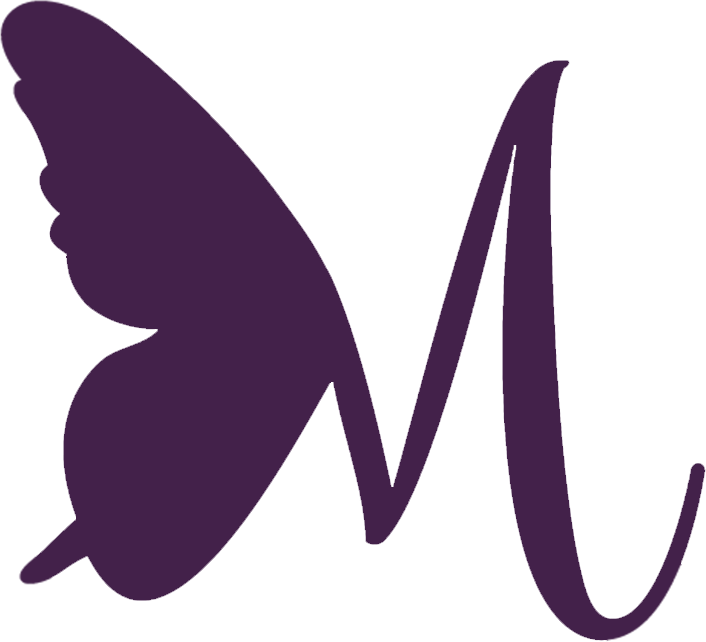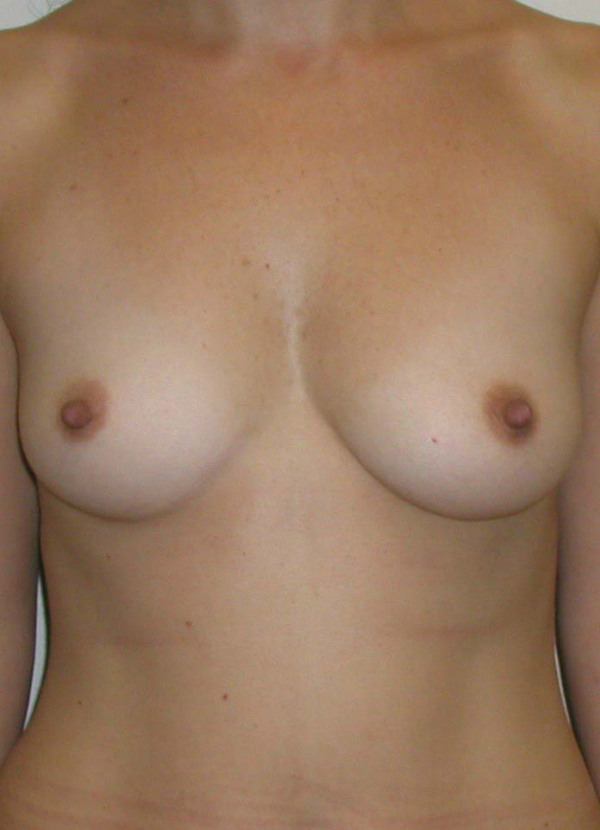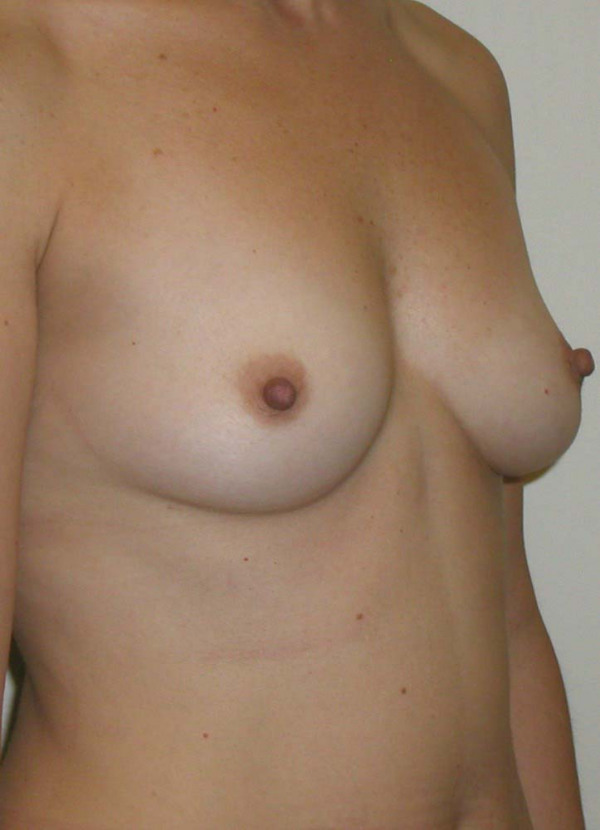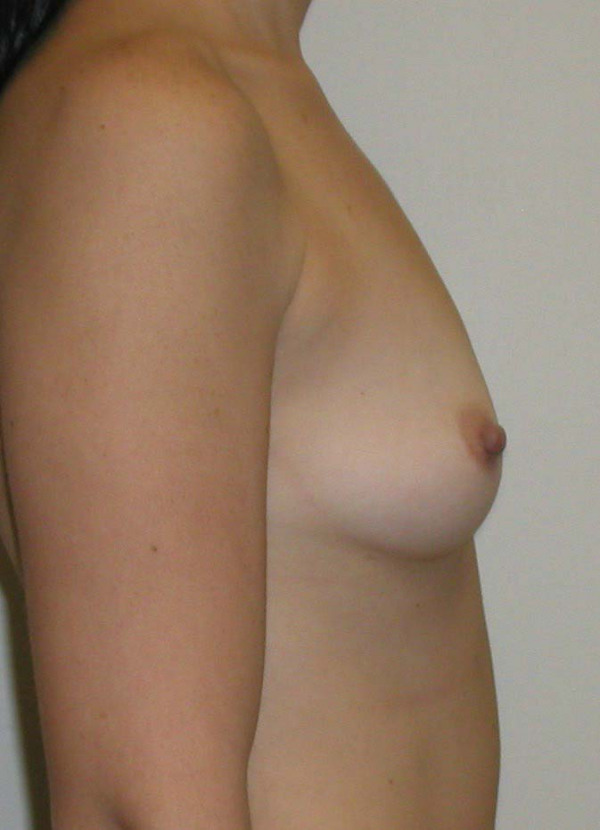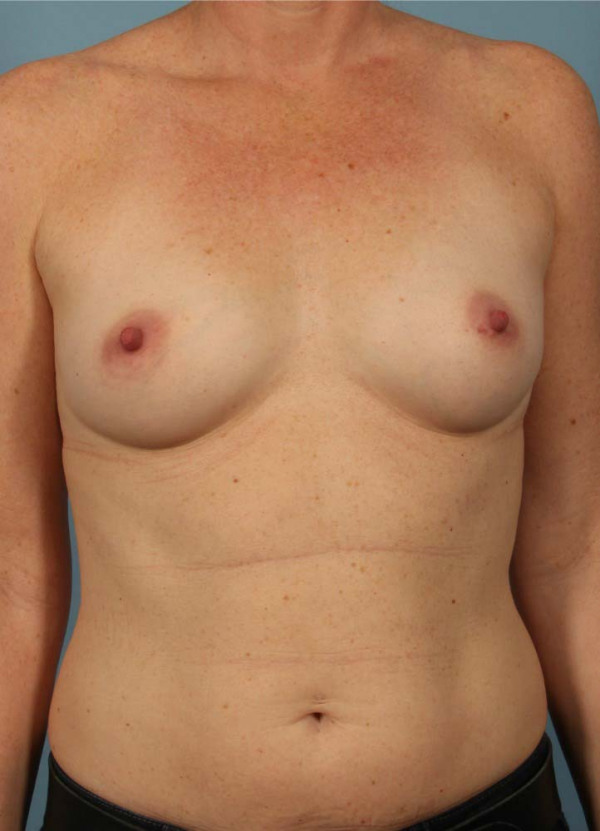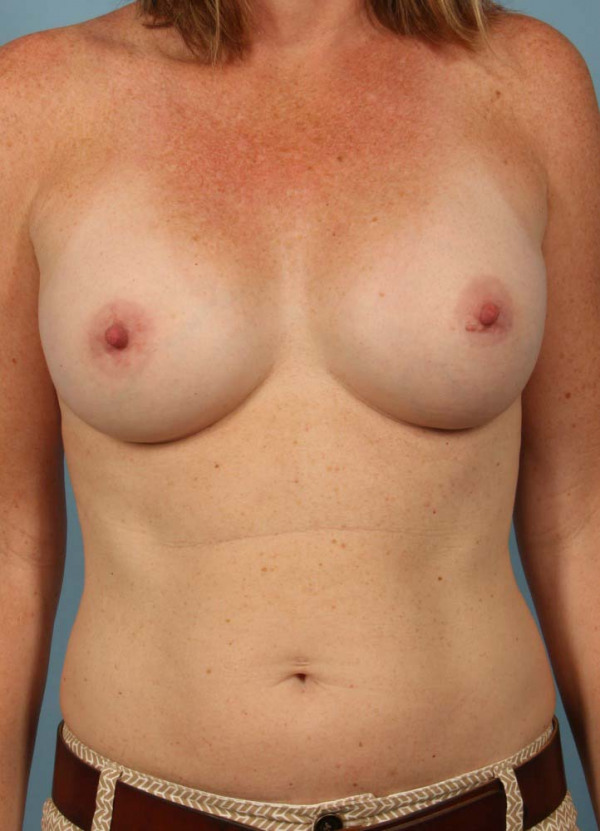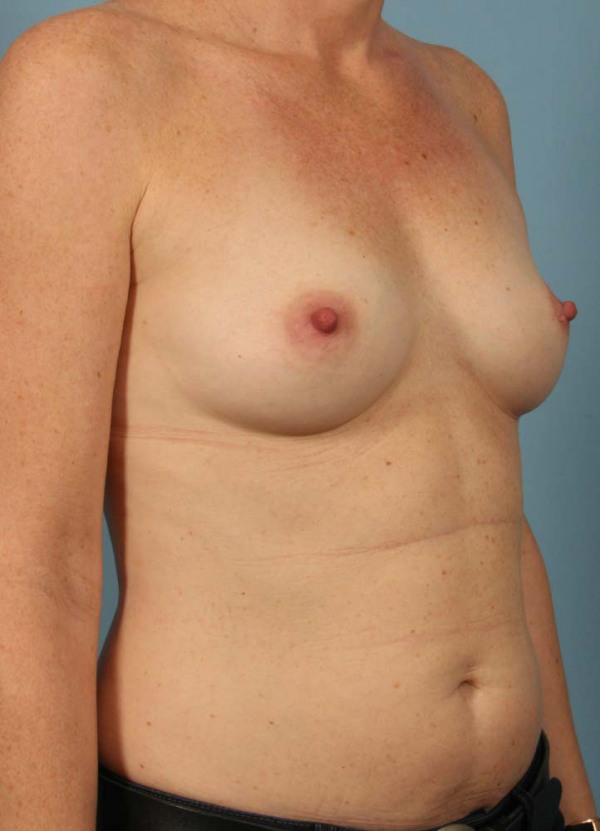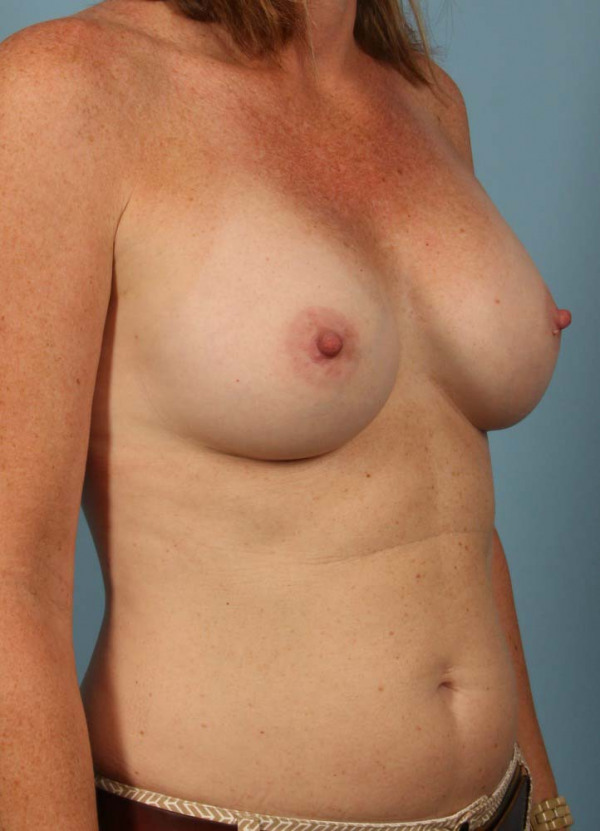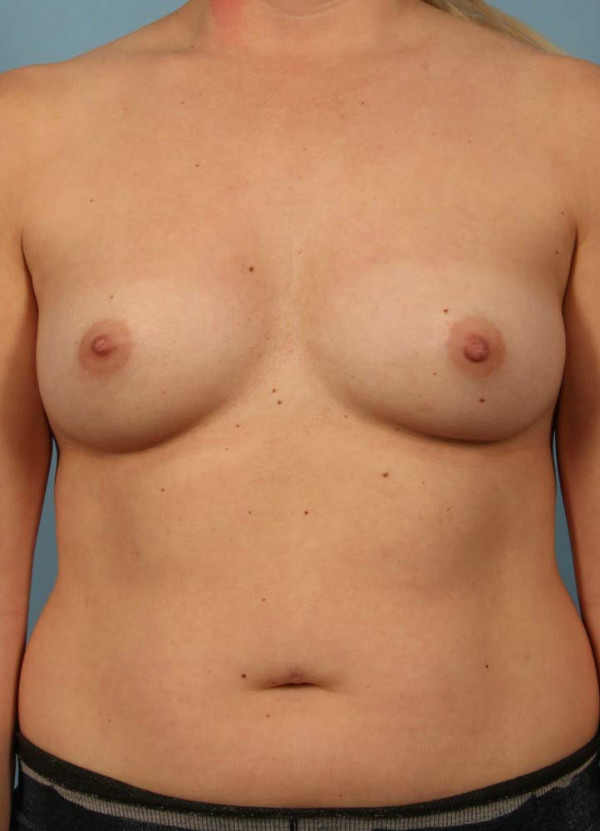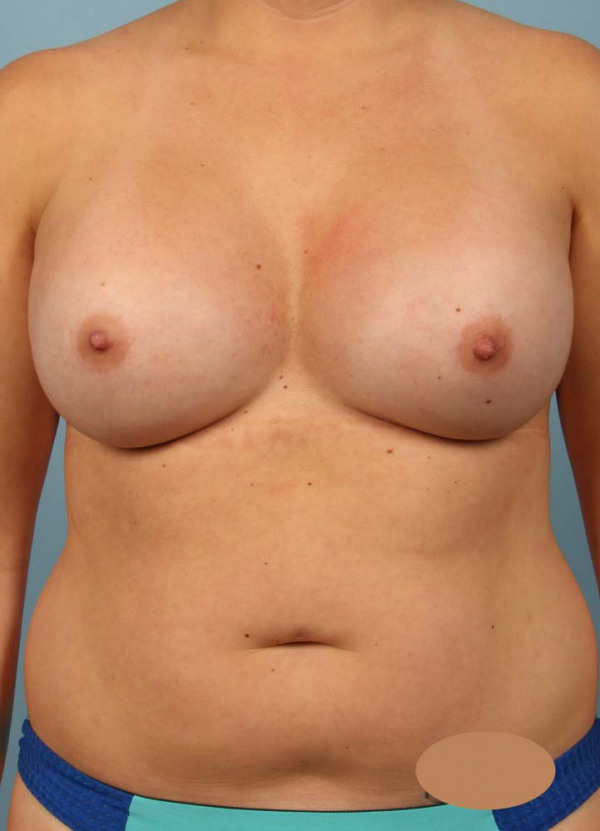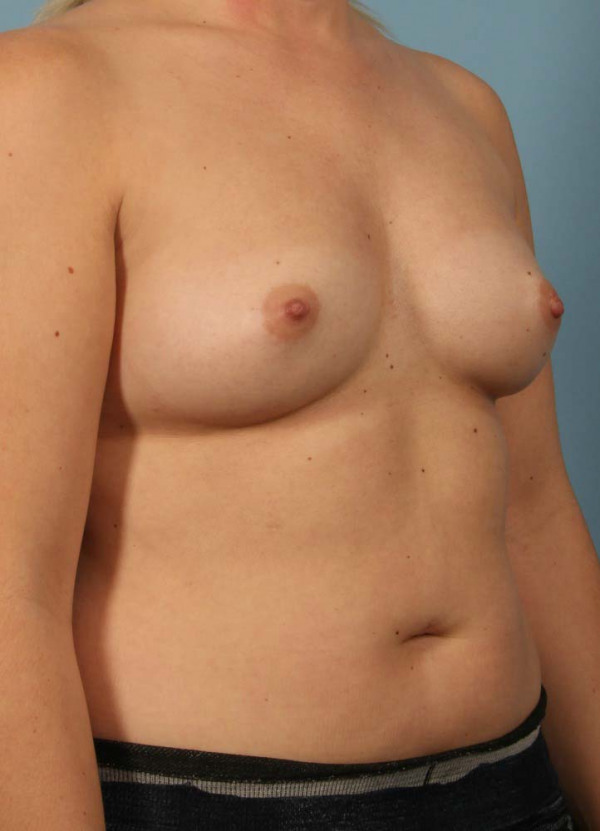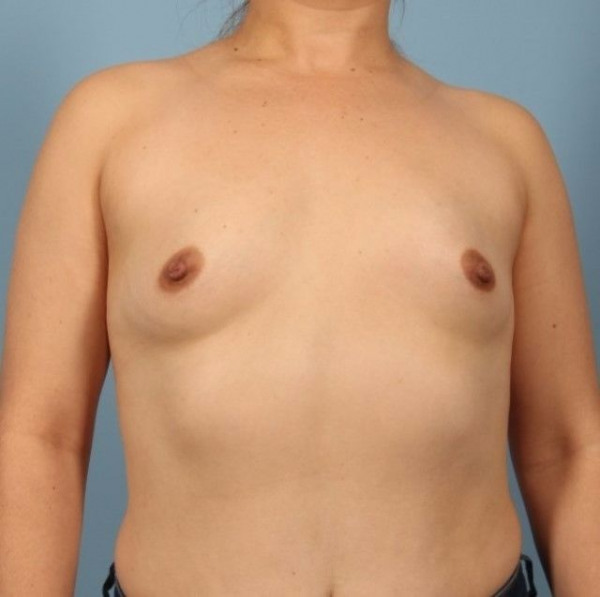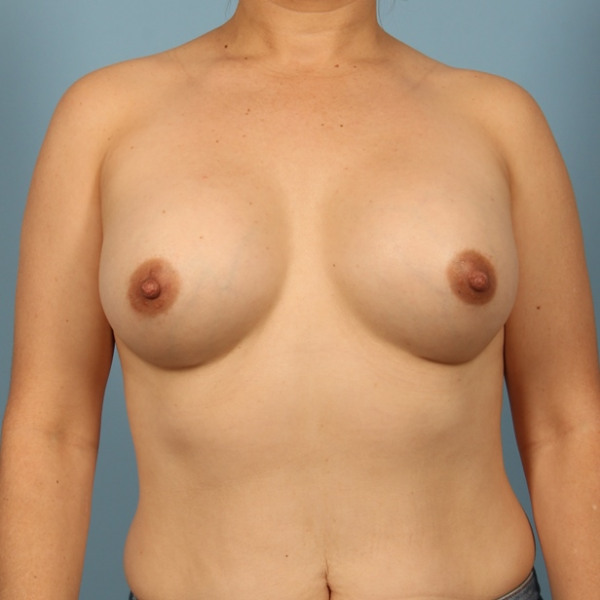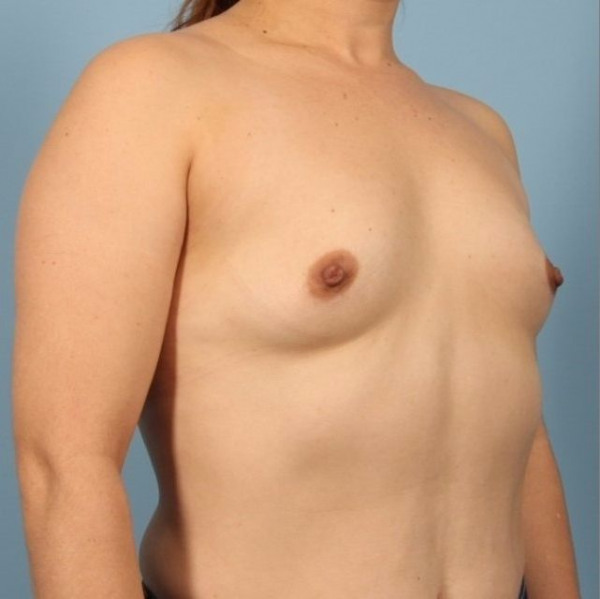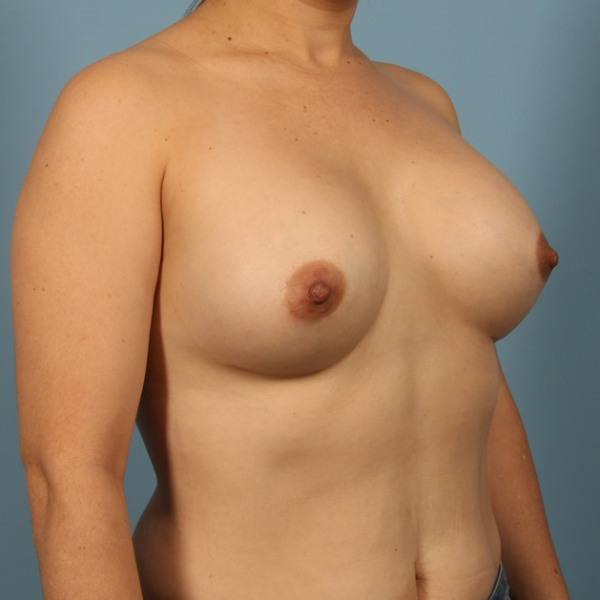Main Content

Breast Augmentation
At Monarch Plastic Surgery and Skin Renewal Center, we listen to you to learn how you want to look. Our goal is to give you the most natural-looking breast augmentation results and ensure you achieve the look and feel you want. Our highly experienced plastic surgeons have specialty training in the most advanced techniques for breast augmentation surgery, and we offer a full range of breast implant options. We know each patient is unique, and we never take a cookie-cutter approach.
Why Should I Choose Monarch Plastic Surgery and Skin Renewal Center for My Breast Augmentation?
Our female-led team is committed to ensuring that you get the care and results you deserve. At Monarch Plastic Surgery and Skin Renewal Center, our highly skilled plastic surgeons have the breast augmentation experience needed to help you safely achieve your cosmetic goals.
Board-certified plastic surgeon Dr. Carmen Kavali has been honored as one of “America’s Top Plastic Surgeons” by the Consumers’ Research Council of America several years in a row. She has displayed her vast expertise in journals, on radio shows, in magazines, and in national medical publications.
Fellowship-trained board-eligible aesthetic plastic surgeon Dr. Teri N. Moak has contributed award-winning pieces to national medical publications, written textbook chapters, and peer reviewed scientific journal articles.
Both of our surgeons have lectured at national and international plastic surgery conferences and are members of several medical associations. They are on staff at Perimeter Surgery Center and Northside Hospital.
Saline and Silicone Breast Implants
Implant-based breast augmentation involves the placement of either saline or silicone breast implants. Each of these implant types offers its own pros and cons, many of which are based on factors like the patient’s goals and body type.
Saline breast implants are silicone shells filled with saline (salt water). They are inserted empty and then filled after they have been inserted. This offers several benefits. Because their size is much smaller when empty, the incision required for insertion is smaller. Additionally, if needed, the size of saline implants can be adjusted after insertion in order to achieve optimal results.
Saline implants generally feel firmer and cost less than their silicone counterparts. In the event of an implant rupture, they will visible deflate, making patients aware of the issue so that they can take corrective action. The body will safely and harmlessly absorb the saline.
Silicone breast implants are silicone shells filled with silicone gel. They are inserted pre-filled during breast augmentation surgery. Because silicone gel is thicker than salt water, ruptures do not always lead to visible deflation. When there is no visible deflation, this is known as a silent rupture and must be detected with an MRI or other imaging test.
Many patients prefer silicone implants because they feel lighter than saline implants and create results that more closely mimic the look and feel of natural breast tissue. Patients who do not have a lot of breast tissue and are thinner often find silicone implants to be the preferable option. This is because for these patients, saline implants can result in the appearance of rippling in the skin.
Choosing a Breast Implant Shape – Consider removing; we do not offer anatomic shaped implants, as they are textured, and we do not use textured implants secondary to risk of BIA-ALCL
When it comes to implant shape, there are two options: round and teardrop-shaped (or anatomical). Each of these shapes can be beneficial depending on each patient’s unique case.
Because round breast implants are designed to increase volume and fullness in the breasts’ upper pole, they are preferred for those seeking to enhance their cleavage. For patients with round implants, when implant rotation occurs, there is no change in the breasts’ appearance.
Anatomical implants more closely mimic the breasts’ natural anatomy due to their teardrop shape, which features a very natural slope. These implants increase volume and fullness in the breasts’ lower pole.
Choosing a Breast Implant Profile
Breast implants are available in a range of profiles: low, moderate, moderate plus, high, and ultra-high. A breast implant’s profile refers to the distance that the implant projects from the chest wall. Lower-profile implants have a wider base, whereas higher-profile implants have a narrower base.
Lower-profile implants create subtler and more natural results. Higher-profile implants create more dramatic results. The ideal profile for you will depend on your body’s proportions and tissue characteristics, along with your cosmetic goals and lifestyle.
Why Are Implants Measured in cc’s Instead of Cup Size?
Because bras are measured in cup size, many people assume that the volume of silicone and saline breast implants would also be measured in cup size.
A cup-size-based measurement system for implants would, unfortunately, lead to a great deal of confusion, because cup size is not standardized. It varies from manufacturer to manufacturer and thus cannot be relied upon for accurate breast augmentation results.
Breast implant volumes are instead measured in cc’s (cubic centimeters). This standardized unit of measurement is consistent no matter the context, helping plastic surgeons provide much more precise results. Implants generally range from 120 to 800 cc, and in some cases, they can exceed 800 cc. Larger implants are more commonly used in breast reconstruction whereas moderate to smaller implants are more commonly used in cosmetic augmentation.
What Is the Minimum Age for Breast Augmentation?
The minimum age for breast augmentation depends on the filling of the chosen breast implants. For saline breast implants, patients must be at least 18 years old to undergo breast augmentation. For silicone breast implants, patients must be at least 22 years old.
Can I Undergo a Breast Augmentation While Pregnant/Breastfeeding?
Many patients are curious about whether it is safe to come in for a breast enlargement while they are pregnant or breastfeeding. Generally, plastic surgeons prefer to avoid performing breast augmentation and any other elective surgeries while a patient is pregnant or breastfeeding.
This is because, even though it is rare, there is always a risk of unexpected complications during surgical procedures. Additionally, a woman’s body goes through a number of physiological changes during pregnancy, which may require a different surgical approach post-pregnancy to achieve a patient’s goals compared with a pre-pregnancy plan.
Patients who are pregnant or breastfeeding are instead encouraged to wait until this process is complete before considering augmentation mammoplasty.
Pairing a Breast Augmentation with a Breast Lift
Breast enlargement can be paired with a number of other plastic surgery procedures, and one of the most popular options being a breast lift. This combination procedure is known as augmentation mastopexy, or a breast augmentation with lift.
Augmentation mastopexy offers the benefits of both breast procedures, reducing sag and restoring perkiness while also increasing breast volume and projection. It is an excellent option for patients whose breasts droop and are smaller than they would prefer.
Patients who have sagging breasts but are satisfied with their breast size would not benefit from this combination procedure and are instead encouraged to learn more about the breast lift procedure.
If you are interested in learning more about this combination surgery, it’s best to ask questions about it during your consultation. Your surgeon will evaluate the degree of breast sag that is present, and she will then discuss augmentation mastopexy with you in further detail.
Including a Breast Augmentation in a Mommy Makeover
Breast augmentation in Sandy Springs can be included as part of a comprehensive combination procedure called a mommy makeover. Pregnancy, childbirth, and breastfeeding can all result in a number of unwanted cosmetic changes. With a customized mommy makeover, we can restore mothers’ pre-pregnancy bodies for a more rejuvenated and contoured appearance.
A mommy makeover can include any combination of breast augmentation, a breast lift, augmentation mastopexy, a tummy tuck, liposuction, vaginal rejuvenation, and various med spa treatments. Typically, these are performed during a single surgical session, allowing patients to avoid multiple long and uncomfortable recovery periods.
If you are interested in designing your own custom mommy makeover, discuss this option during your personalized consultation at Monarch Plastic Surgery and Skin Renewal Center. Your plastic surgeon will be able to answer any questions you may have.
Before Your Breast Augmentation
Before the date of your breast augmentation in Atlanta, you will need to follow our preparation instructions closely. This will ensure that your procedure goes smoothly with a minimized chance of complications.
You will need to come in for a pre-operative appointment. At this time, blood tests and other tests will be conducted. Your surgeon will prescribe and recommend various medications and post-operative supplements. She will discuss any changes in diet, exercise, and lifestyle that will be required to prepare for breast augmentation. You will also fill out medical paperwork.
Before your breast augmentation, you must avoid taking non-steroidal anti-inflammatory drugs (NSAIDs) and herbal supplements. These can increase the chance of bleeding during and after breast enlargement surgery. You must also avoid diet pills, since they can negatively interact with anesthesia, resulting in complications.
Smokers will need to quit several weeks before their breast augmentation. Smoking reduces circulation, causes a decline in skin health, results in an increased risk of complications, and prolongs the healing process after surgery.
Purchase all recovery aids well in advance, including recommended bras, pillows, blankets, and towels. This will ensure that you have a well-stocked recovery area and do not need to shop while healing. Making sure to have water bottles and nutritious meals ready will also be incredibly helpful.
Make sure to arrange in advance for someone to help with taking care of children or pets during the early part of your breast augmentation recovery process.
Augmentation mammoplasty is a major transition and can involve a fair amount of anxiety, worry, and body-image changes. Because of this, it is important that you fully prepare yourself on an emotional level and make sure to have a strong support system.
You will need to avoid eating or drinking six hours before your breast augmentation procedure. This is necessary to prevent complications with anesthesia.
What Happens During a Breast Augmentation?
Typically, augmentation mammoplasty surgery in Atlanta and Sandy Springs takes anywhere from one to three hours to perform. General anesthesia is administered in order to place the patient into a temporarily unconscious state for the entirety of the surgery. This helps prevent any pain during the procedure.
Next, the plastic surgeon will create a precise breast augmentation incision. The specific type of incision made will be chosen during the consultation. Incisions will be placed in strategic locations, ensuring that post-surgical marks are well hidden and nicely camouflaged in the body’s natural contours.
The surgeon will separate the skin from the soft tissue and the muscle, and she will then make a pocket in the chest tissue. This will be designed to snugly house the chosen breast implant. She will place the implant into the pocket through the incision, making sure to center it beneath the nipple.
Finally, the incision will be closed with sutures and dressed accordingly. Drains may be placed to carry out excess fluids during recovery, preventing seromas and hematomas.
After Your Breast Augmentation
Once you have returned home after your breast enlargement procedure, the healing process will begin. You will need to rest and recover for the next five to seven days, allowing for optimal healing.
During recovery, it will be incredibly important to closely follow your plastic surgeon’s post-surgical care instructions. This will minimize the likelihood of complications, ensure a shorter healing process, and offer the best possible cosmetic results. If you have questions regarding recovery directions, please contact our office anytime.
You may experience a degree of temporary discomfort and nausea at the start of recovery. Nausea should fade after a day, and discomfort should start to fade in two to three days. If pain persists for much longer than expected, it will be important to contact us immediately.
Your surgeon will prescribe pain medication to ease pain and discomfort. She may also prescribe antibiotics in order to prevent infection during recovery.
You will experience swelling and possibly bruising after surgery. In some cases, one breast may experience more swelling than the other breast. Most of the swelling and bruising will subside in the coming weeks, though some of the swelling may still be present six months to a year after surgery.
For the first two days, avoid showering. After this time, you will be able to carefully shower safely again.
While recovering from breast augmentation in Sandy Springs, you will need to wear very soft bras with no underwire, since underwire can damage the tissues of the breasts. Surgical bras and cotton jogging or runner bras may be recommended. These types of bras will keep your healing breasts supported and encourage amelioration of swelling.
A small amount of movement is encouraged during the first two days of recovery, but it is best to avoid light exercise until cleared to resume it. Driving can be resumed after around five days, and physically strenuous activities like heavy exercise and sports should be avoided for four to six weeks.
You will need to come in for follow-up appointments as directed. This will allow the surgeon to evaluate your healing and address any complications.
What Will My Breast Augmentation Results Look Like?
Right after your breast enhancement surgery, you will be able to see a change in the size of your breasts. However, there will also be a degree of bruising and swelling present, so you won’t be able to enjoy your final results just yet.
At this time, your implants may also look as though they are high-riding (meaning higher up in the breasts than expected). This is the result of chest muscle spasms and tissue swelling.
In around one to four weeks, your breast implants will settle and will no longer appear high-riding. Swelling and bruising will decrease gradually over time. Remember that it is normal to feel anxiety, worry, and depression during this period. These feelings are only temporary and will pass.
Once all healing is complete, you will be able to see the final appearance of your new breasts. There will be an increase in size and projection, and your cleavage will be more pronounced.
What Happens If I Want My Implants Removed?
The vast majority of our breast augmentation patients are extremely satisfied with their results. However, there are always exceptions, along with cases where other surgeons’ patients come to us to have their implants taken out. No matter the reason, we will be happy to perform breast implant removal surgery.
No new incisions are required for this operation, because it typically utilizes the same incisions created for the primary breast augmentation procedure. Along with removal of the implant, this process can also include the removal of the natural scar-tissue capsule that forms around the breast implant.
After implant removal, the breasts may look somewhat deflated. To help return them to their natural appearance, a breast lift procedure may be performed. Discuss your options with one of our plastic surgeons during a consultation.
How Much Does Breast Augmentation Cost?
The total cost of breast augmentation in Atlanta varies from patient to patient, since it is impacted by numerous factors. The price of breast enlargement is determined based on factors like breast implant cost, anesthesia fees, the specific techniques utilized, and total surgical time.
Schedule Your Consultation
To learn more about breast augmentation, Atlanta patients are encouraged to contact Monarch Plastic Surgery and Skin Renewal Center. Our plastic surgeons will be happy to meet with you for a consultation and answer any questions that you may have. Schedule your appointment today.
Questions & Answers
Breast augmentation is a surgical procedure that increases the volume and external projection of the breasts. This procedure generally involves carefully inserting saline or silicone implants under the breast tissue or chest muscles, making the breasts look fuller and rounder. In some instances, fat grafting to the breasts may also be an option for increasing breast volume.
A breast augmentation is about so much more than just breast size. In planning your augmentation, several decisions should be made carefully. These are not just what size you want to be and the method of augmentation (i.e., with fat grafting versus implant placement) but also the profile and projection of the implant, the type of implant, and where it is located. Your surgeon will select the ideal breast implant material, size, and shape based on your unique goals and concerns.
The benefits of breast augmentation are unique to each individual. Benefits of breast augmentation may include:
- Boosting your self-esteem
- Adding balance to your figure
- Improving your self-confidence at the beach or in certain types of clothing
- Restoring breast volume that was lost after pregnancy, breastfeeding, or weight loss
- Correcting mild asymmetry
- Making the breasts look fuller and rounder
- Improving breast shape and cleavage
Maybe your breasts never developed to the size you would like or have lost their volume after childbearing and breastfeeding. Perhaps you’ve lost weight, and your breasts have gotten smaller as part of that process. Possibly, your breasts developed unevenly and differ in size from right to left. For those whose breasts are smaller than they would like, breast augmentation may be the right option.
In addition to deciding whether breast augmentation can meet your personal goals, there are several factors to be considered in determining whether you are a good candidate for breast augmentation. Good candidates for breast augmentation include those who:
- Want to achieve fuller breasts
- Want to achieve optimal proportions for their figure
- Have generally good physical and mental health
- Are you a nonsmoker, or are you willing to stop smoking before breast augmentation
- Have realistic expectations from breast augmentation surgery
While breast augmentation can address a variety of concerns, it does have limitations. Knowing these limitations and understanding when you may be a candidate for a different type of surgery is essential. Breast augmentation cannot:
- Lift breasts
- Correct sagging/ drooping
- Tighten loose skin
- Completely correct asymmetry
When planning your augmentation, you should make several carefully considered decisions. Your surgeon and her team will help guide you through these decisions and ensure that you are educated about your breast augmentation journey.
Implant Selection
With the FDA’s approval of silicone gel implants in November of 2006, women can now choose between saline and silicone implants. Dr. Kavali and Dr. Moak participated in two national registries, which allowed us to continue collecting data on breast implants and their safety. These registries are NBIR (National Breast Implant Registry) and PROFILE (Patient Registry and Outcomes for Breast Implants and Anaplastic Large Cell Lymphoma Etiology and Epidemiology).
- Saline
- Silicone
You’ll be able to see and feel both types of implants during your consultation. You’ll also be given written information on both types of implants to ensure you are well-educated about your decision.
Implant Placement
- Subglandular/ Subfascial
There are several good reasons to place an implant above the muscle. If you do a lot of chest exercises and don’t want to feel the implant move, you should consider putting the implant above the muscle. If you have a small amount of breast sag now but don’t need a formal breast lift, the implant might be placed above the muscle to give it a better shape. - Submuscular
The dual-plane / submuscular technique has well-known benefits. The muscle protects the implant, so the pectoral muscle covers the top half of the implant. This can create a more natural breast shape. In addition, when the implant is placed below the muscle, there is less wrinkling and rippling of the implant visible through the skin. Submuscular implant placement may protect it from capsular contracture when the scar tissue around it feels firm.
Incision Location
Silicone implants generally require incisions a little longer than those for saline implants. This is because saline implants are filled after placement, but silicone implants are pre-filled before placement. All the incisions tend to heal quite well.
- InframammaryThis is the incision we use most often, as it has been shown to deliver safe and favorable results. This incision is placed in the natural breast fold, where the bottom of the breast meets the chest.
- Trans-Axillary IncisionThis type of incision, which is made in the armpit, is less commonly used. There are certain patients, however, who may be good candidates for this approach.
- Fat GraftingCertain patients may be candidates for fat grafting to augment the breasts rather than using an implant. Fat grafting involves liposuction of another body area with excess fat. This fat then undergoes a cleaning process, after which it is injected into the breast tissue. Many factors determine the success rate of fat grafting to the breasts. Your surgeon will discuss this option, its risks, and its benefits with you if she thinks you may be a candidate for this technique of breast augmentation.
Breast augmentation is an outpatient procedure performed with general anesthesia in an operating room. After your surgery, you will be placed in dressings and a bra. You will spend a short time in the recovery room before a friend or family member takes you home, where you should plan to rest for the remainder of the day. Be sure to arrange for someone to drive you home after surgery and to stay with you for at least the first night. We will advise you on pain medication to ease any discomfort, give you detailed post-operative instructions, and schedule a follow-up appointment to check your progress.
It is expected to experience some pain and swelling in the first few days after surgery.
Incisions usually heal between 2 and 3 weeks after surgery. Depending on your type of work, you can generally return to work within one week. Initially, you will have some activity restrictions, but most people can return to total activity six weeks after surgery.
You may notice less sensation in the nipple and areola areas. This is usually temporary. It may, however, take weeks, months, or even more than a year before the sensation returns to normal. Your breasts may also require some time to assume a more natural shape. Final results are usually seen at six months to a year after surgery.
Every patient’s recovery is different. Your recovery may be quicker or take more time than average.
The question of implant size is nearly impossible to answer prior to your consultation. Breast implant size is primarily a personal decision. We may ask you to look at before-and-after photos to get an idea of what you like. However, it’s important to realize that there are many variables that affect what implant size will work best for you—your starting breast size, what size you want to be, your ribcage width, and your starting breast width, for example. Dr. Kavali and Dr. Moak will take your measurements, then choose a range of implant sizes that will work for you. We may also use a three-dimensional representation of your breasts and torso with our Vectra 3D imaging system to simulate what you will look like with a variety of implants after surgery. From there, you make the final decision.
If you think that you may want to become pregnant in the future, you should mention this to your surgeon. Pregnancy can change breast size and shape in an unpredictable way and could affect the long-term results of your breast augmentation. There is no evidence that breast implants will affect pregnancy or your ability to breast-feed.
If you are planning to lose a significant amount of weight, be sure to tell your surgeon. She may recommend that you stabilize your weight prior to undergoing surgery.
Depending on your age, or if you have a history of breast cancer in your family, we may recommend a baseline mammogram before surgery and future mammographic examinations according to your regular schedule. This will help to detect any future changes in your breast tissue. Following a breast augmentation, you will still be able to perform breast self-exams, which you should do monthly. Breast augmentation surgery will not increase your risk of developing breast cancer.
There is a common myth that breast implants have an expiration date of 10 years, after which patients need to swap them for new implants. If you are happy with your implants, however, there is no need to replace them. We do recommend yearly screening in our office with our in-office ultrasound monitoring as well as standard health exams such as mammography. If you later desire to have a different implant size, or your breasts change shape, and you would like this addressed, we are happy to replace, restyle, or remove your implants as needed.
There is no scientific evidence that breast augmentation increases the risk of breast cancer. The presence of breast implants, however, may make it more technically difficult to take and read mammograms. This may be a special consideration for women who perhaps are at higher risk for breast cancer because of their family history or other reasons. Placement of the implant underneath the pectoralis muscle may interfere less with mammographic examination, but other factors may also need to be considered regarding implant placement.
Breast implants are associated with the development of a type of cancer of the immune system called Breast Implant-Associated Anaplastic Large Cell Lymphoma (BIA-ALCL). Please click the following link to learn more about BIA-ALCL.
I’ve heard about something called Breast Implant Illness (BII) or Systemic Symptoms associated with Breast Implants (SSBI). What is this?
The term “Breast Implant Illness” or SSBI has been used to describe a variety of systemic symptoms that have been reported by some women following placement of breast implants. This constellation of symptoms and its exact cause is a topic of significant research within plastic surgery. Please click the following link to learn more about BII/ SSBI.
Please visit our My Consult page to learn more about what happens during your consult.
Please visit our Financing page to learn more about financing options.
Gallery
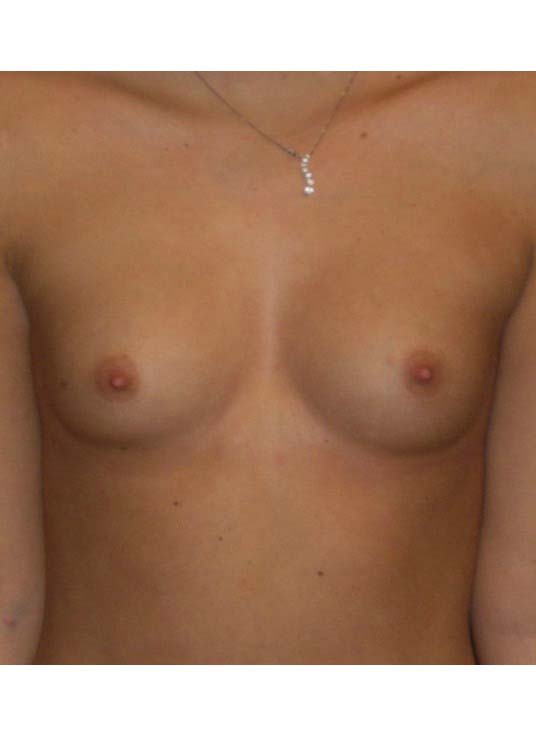

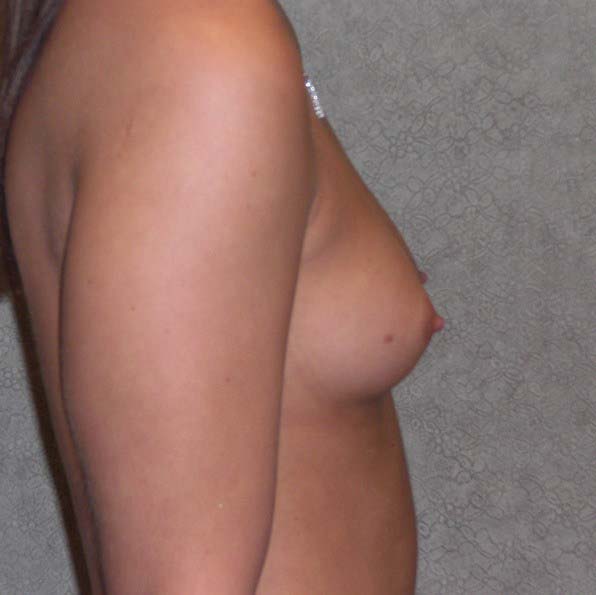
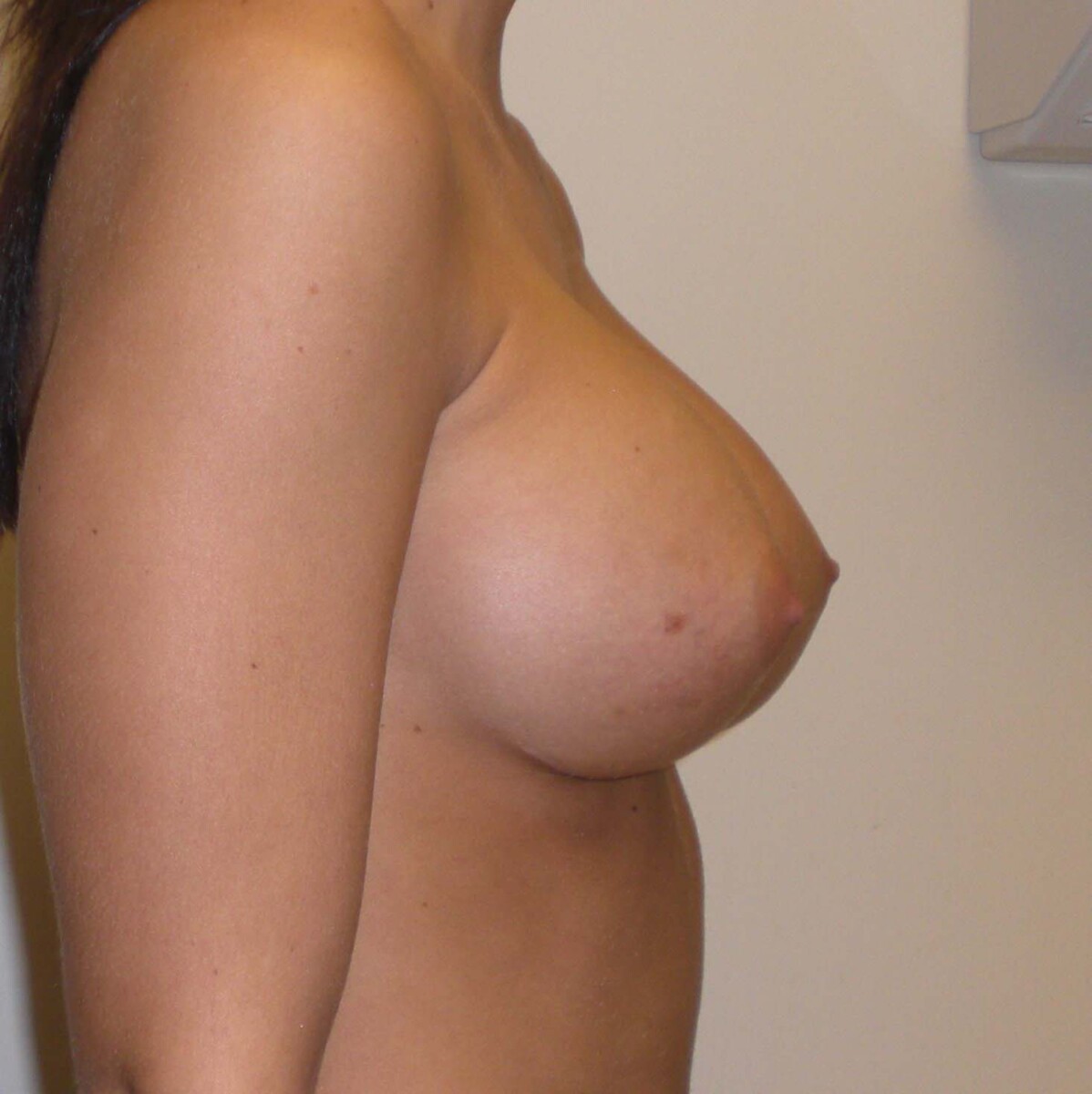
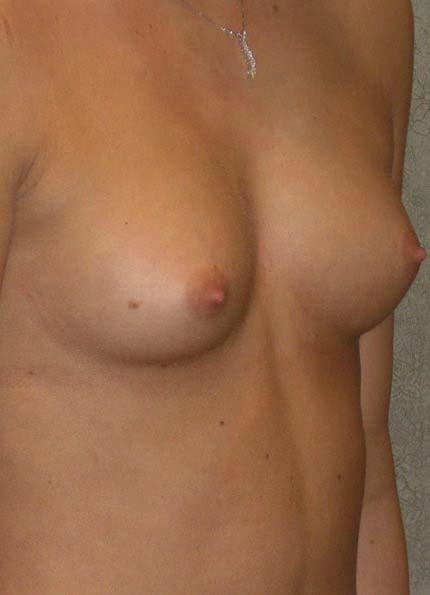
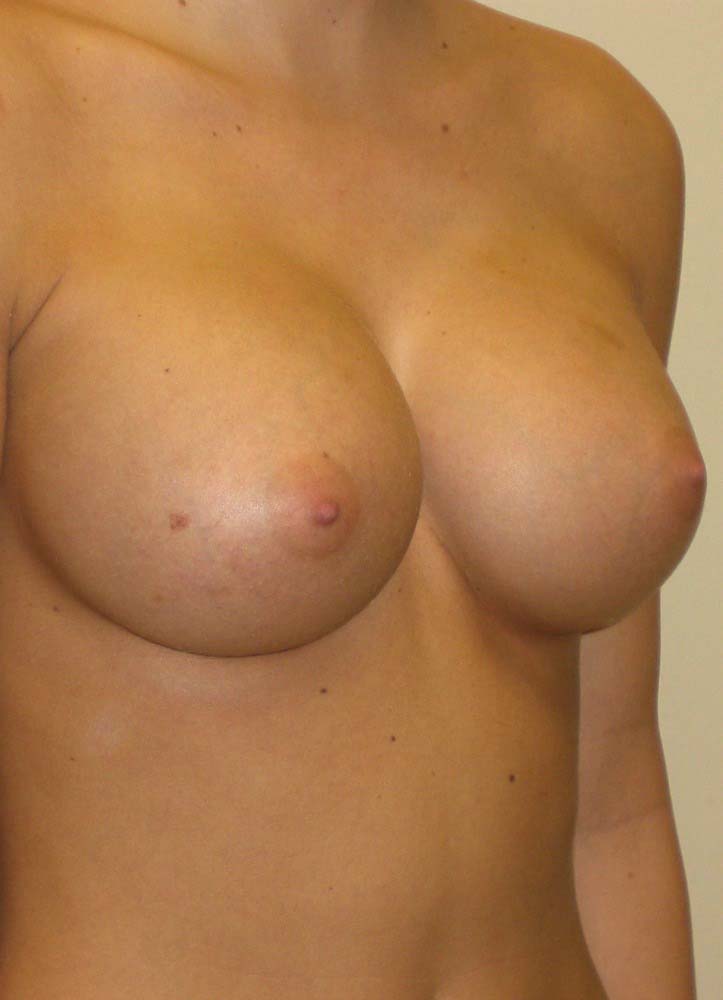
This 18 year old female chose saline implants for her breast augmentation. Dr. Kavali used 400 cc saline implants, inflated to 420 cc final volume. They were placed under the muscle through an inframammary crease incision. Her “after” photos were taken about 1 year after her surgery.
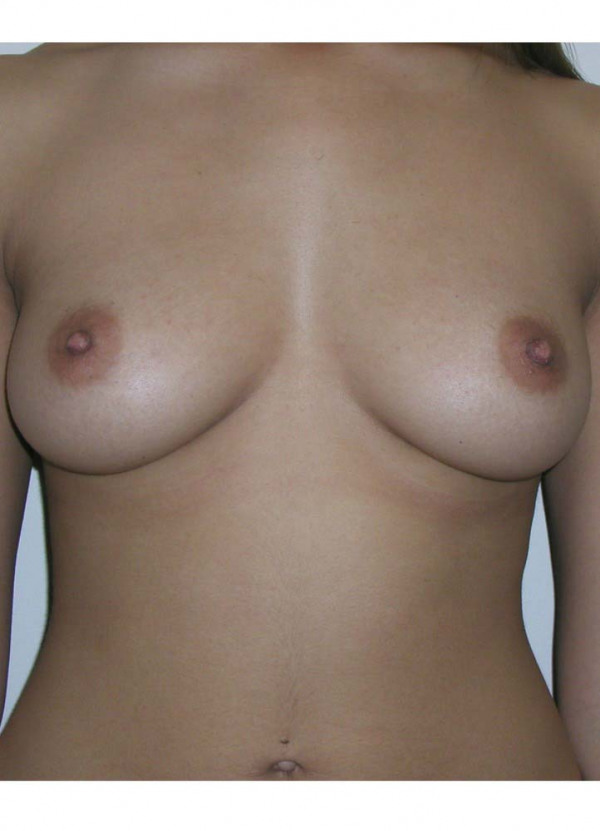





This 23 year old female chose 339 cc silicone gel implants for her breast augmentation. The implants were placed beneath the muscle through an incision in the inframammary crease (fold). Her "after" photos were taken about 1 year after surgery.
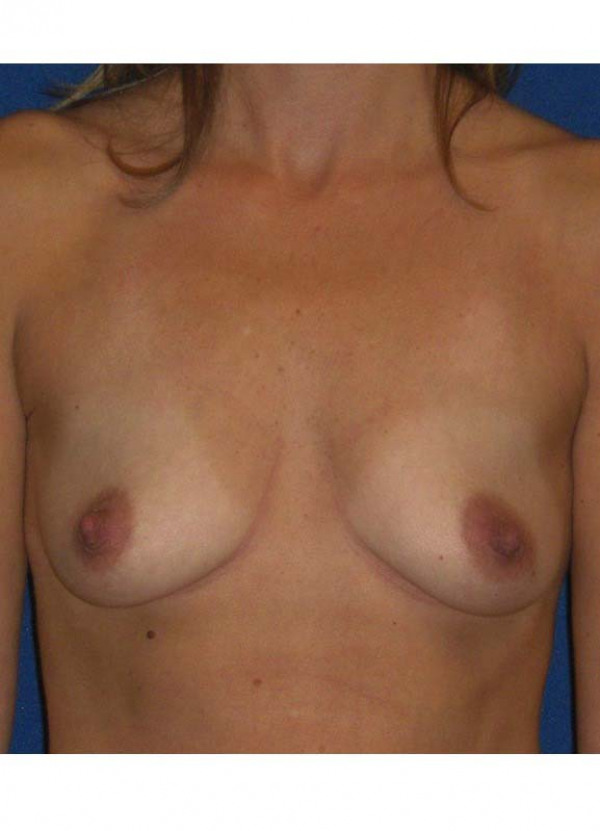
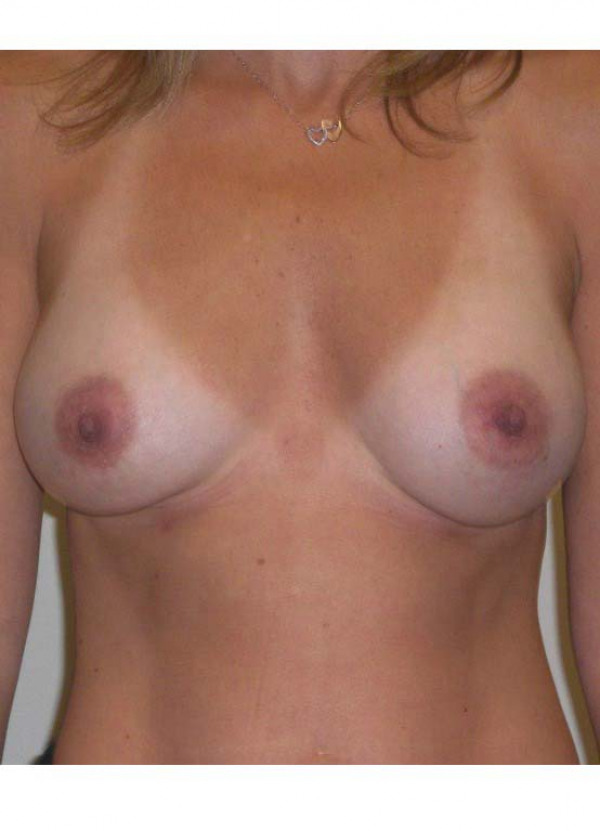
This Atlanta woman chose 286 cc Allergan gel implants under the muscle, placed through the crease

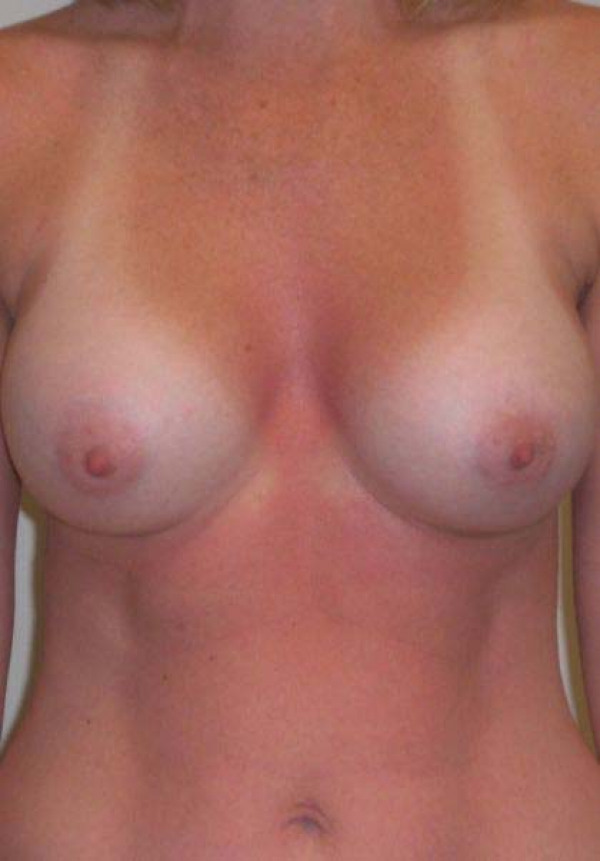
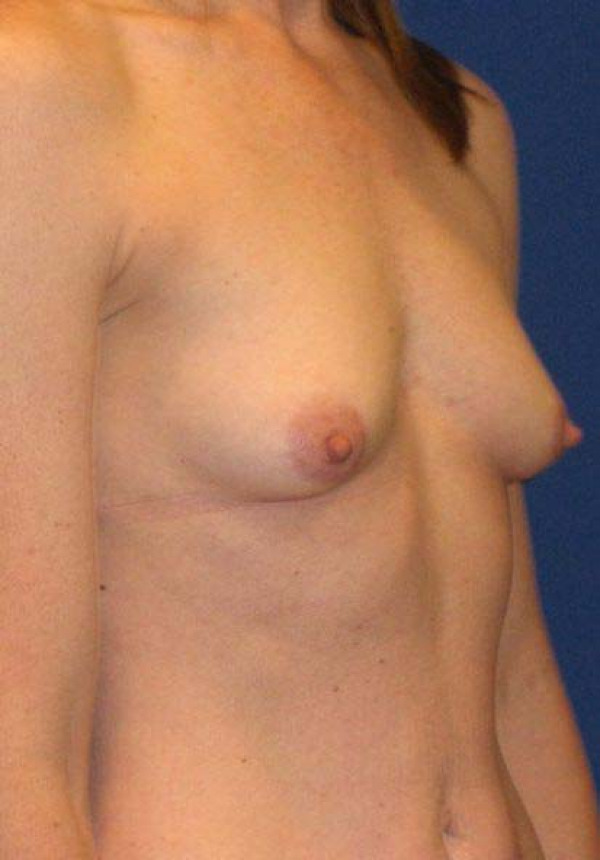

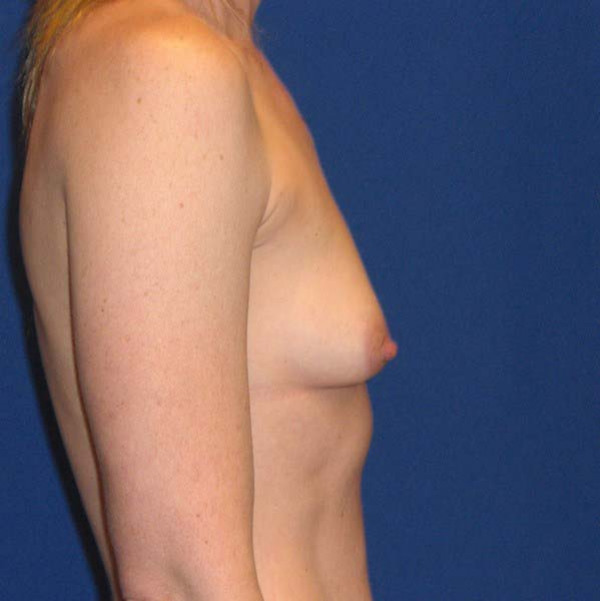
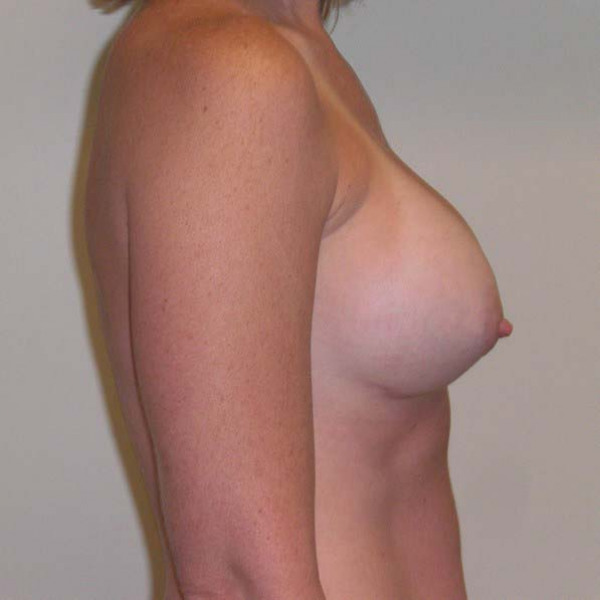
This 37 year old female chose 350 cc silicone gel implants for her breast augmentation. Her implants are beneath the muscle, and an inframammary crease incision was used. Her “after” photos were taken about 1 year after surgery.
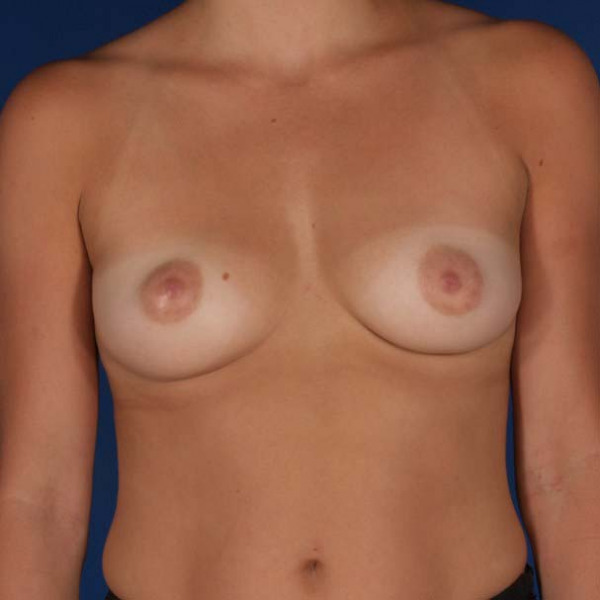

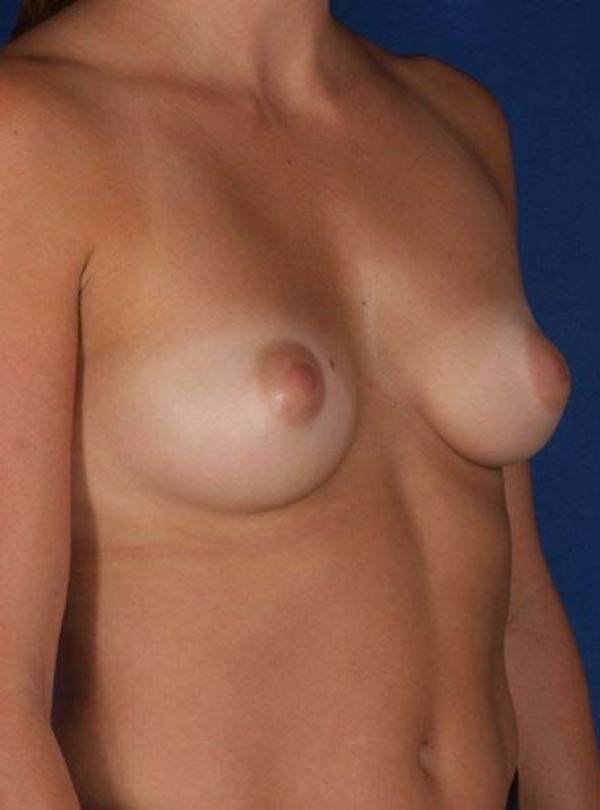
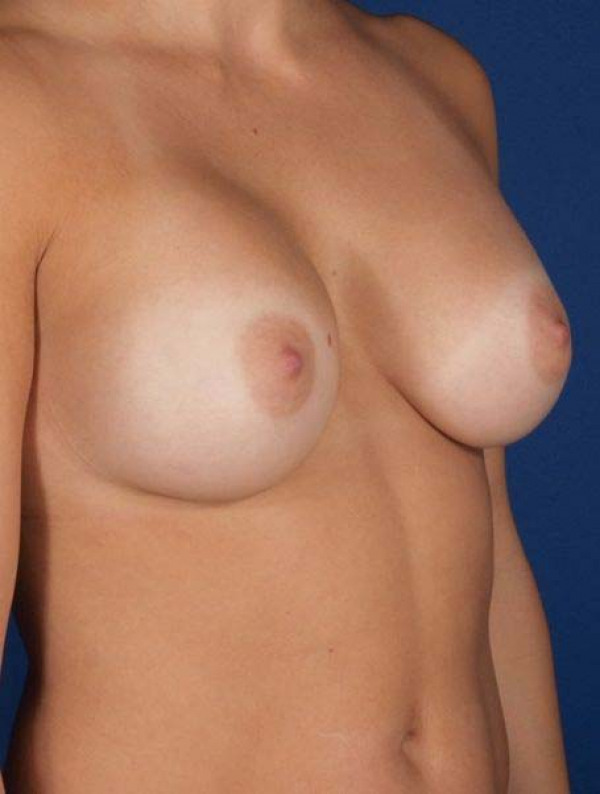
This 30 year old female chose a 234 cc silicone gel implant for her breast augmentation, and Dr. Kavali matched the opposite side using a 260 cc silicone gel implant. Her implants are beneath the muscle and were placed through the inframammary crease (breast fold incision). Her “after” photos were taken about 1 year after surgery.
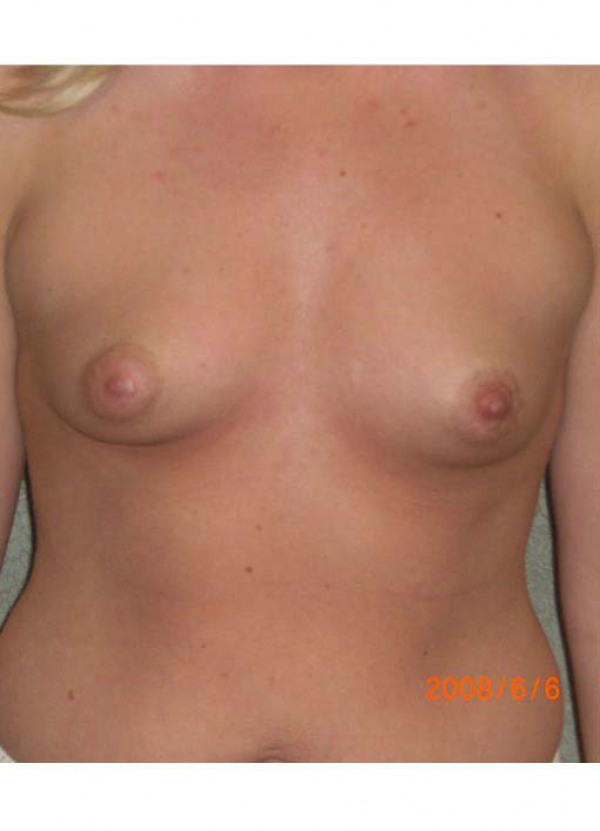
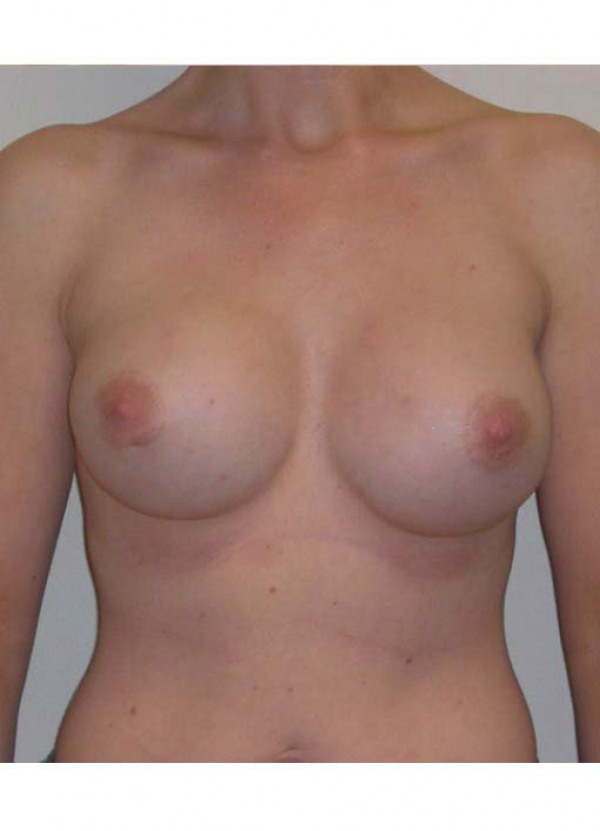

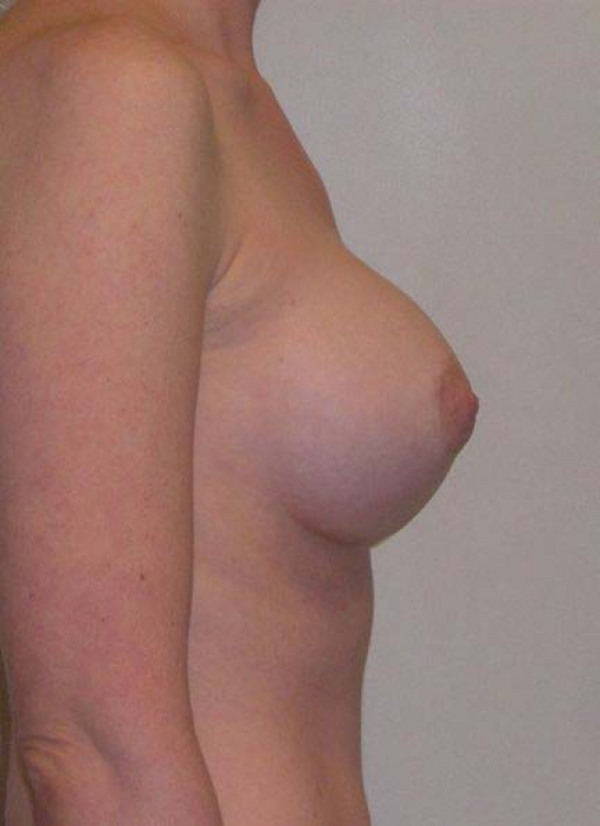


This 25 year old female chose 425 cc silicone gel implants. They were placed under the muscle using an incision around the areola, in order to correct her tuberous (constricted) breast shape. Her “after” photos were taken about 3 years after surgery.
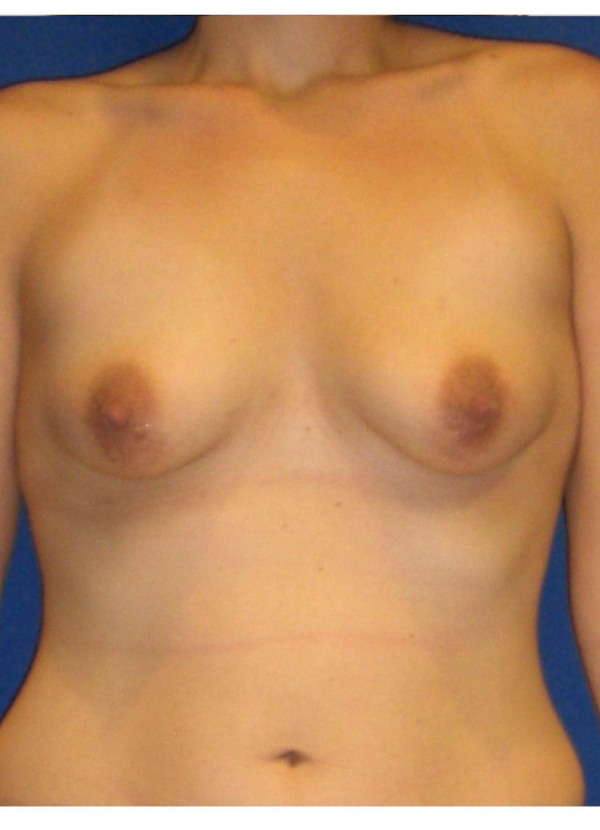
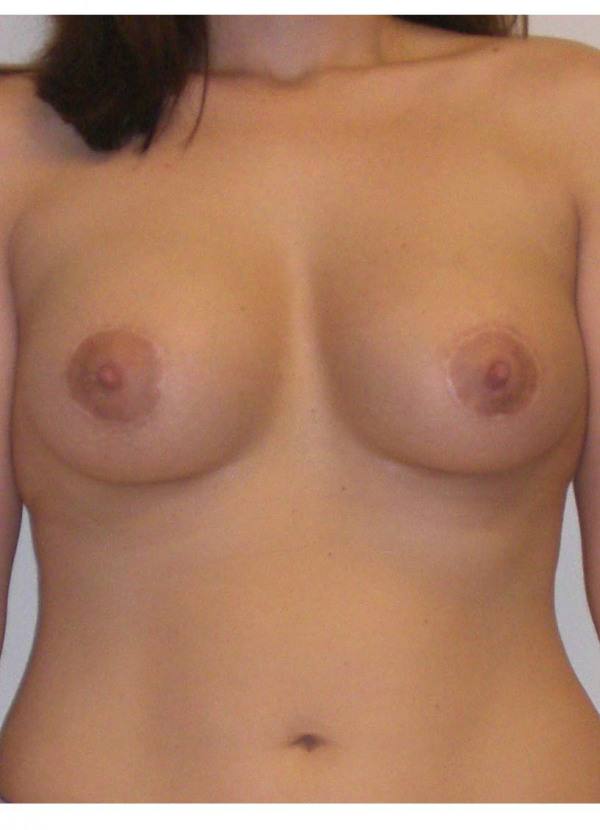
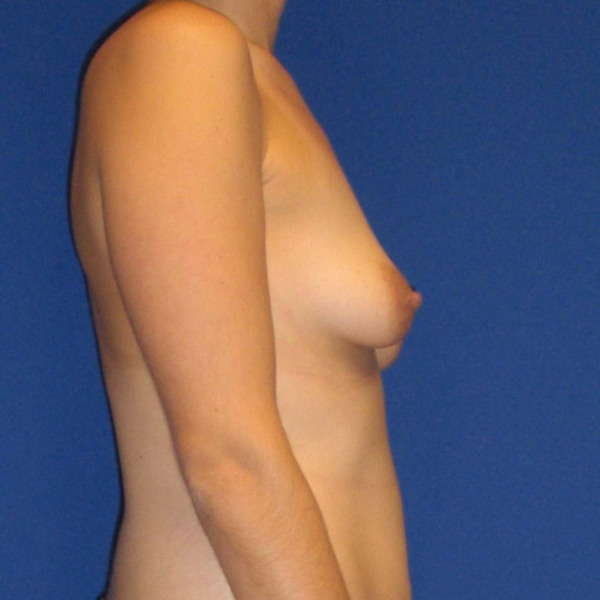

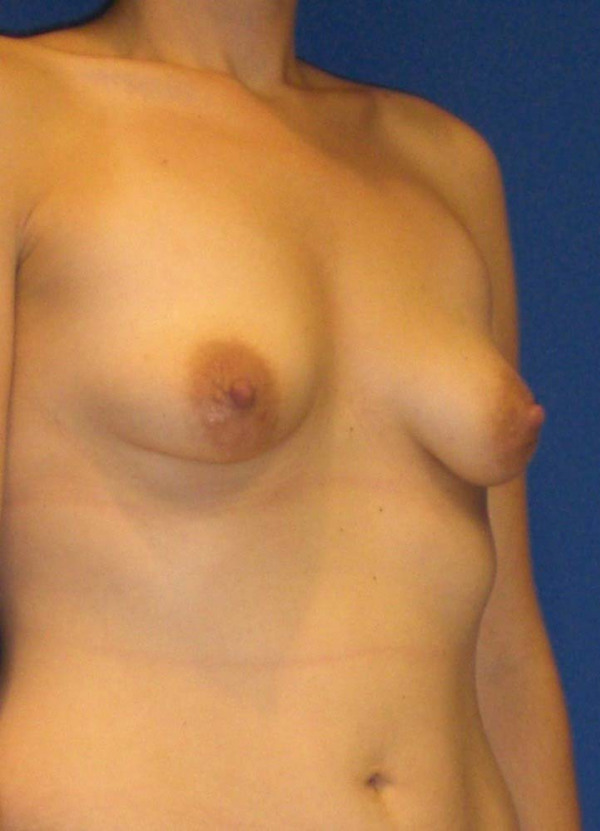
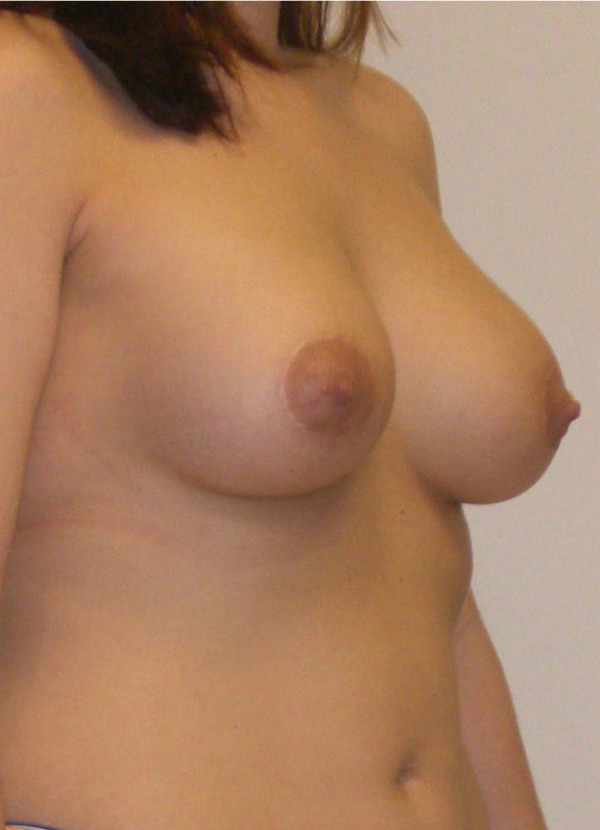
This 30 year old female chose 375 cc silicone implants for her breast augmentation. Her incisions are around her areolae, in order to correct her tuberous (constricted) breast shape at the same time. Her “after” photos were taken about 6 months after surgery.
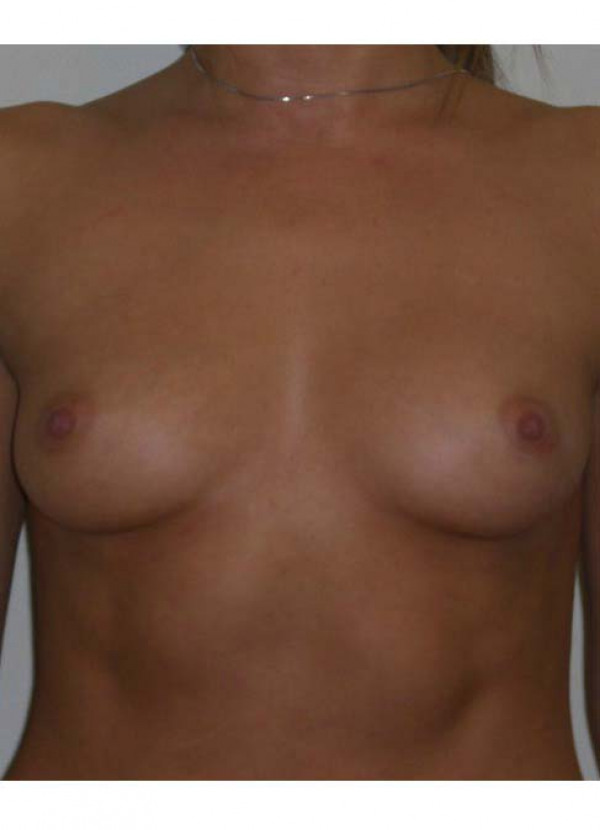




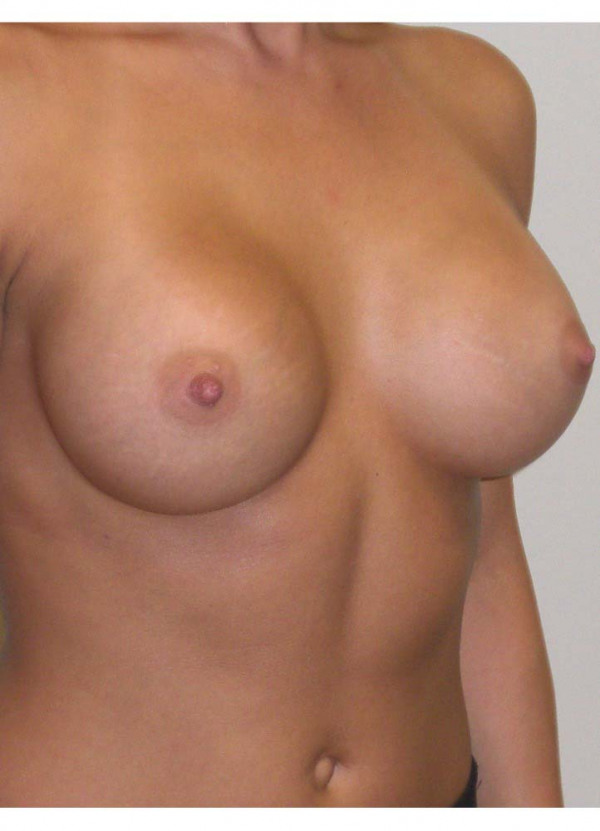
This 26 year old female chose 325 cc silicone gel implants, which were placed beneath the muscle.
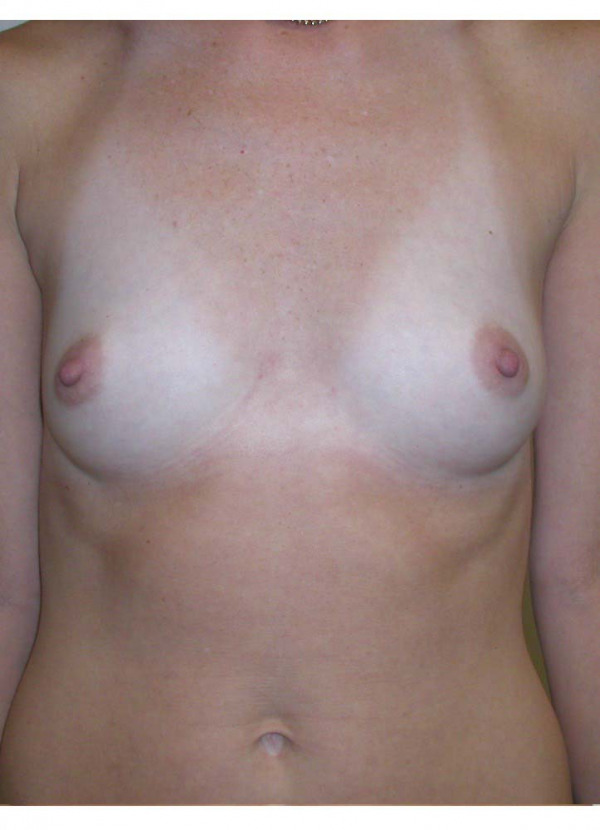
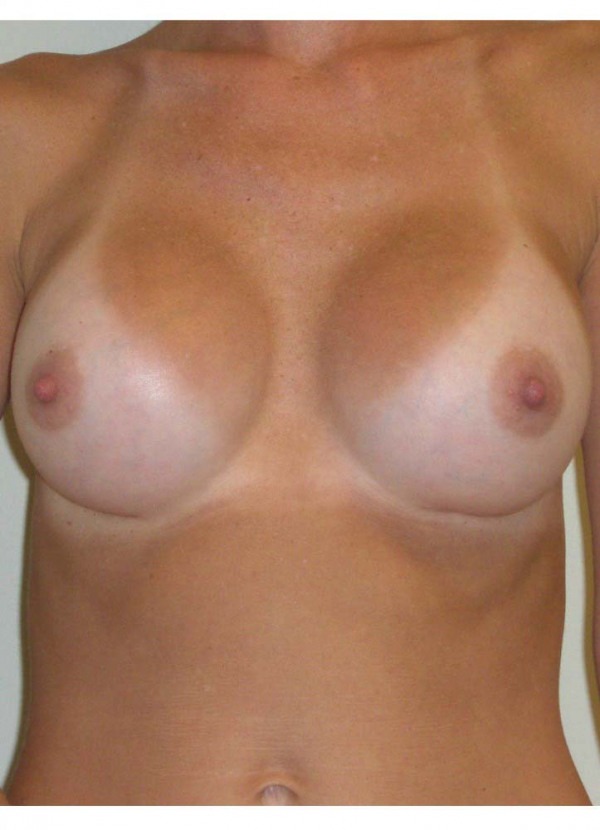
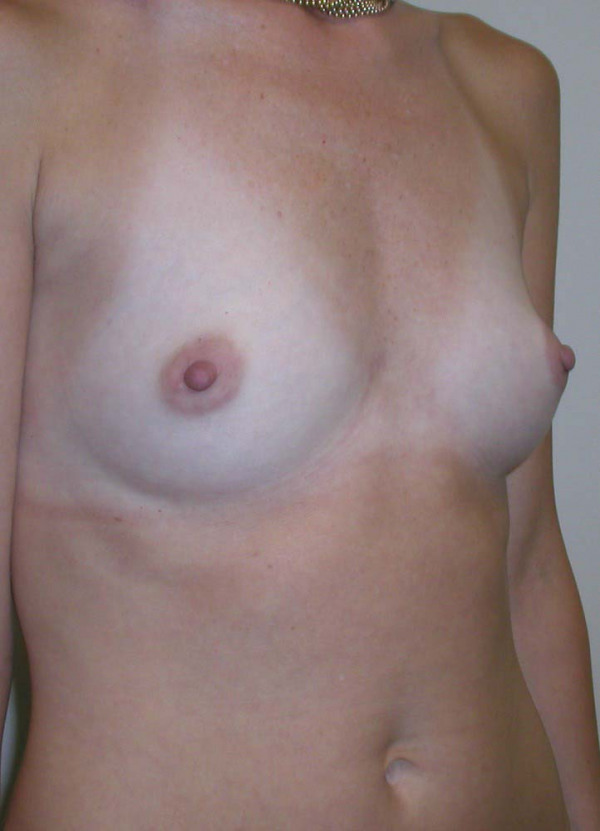
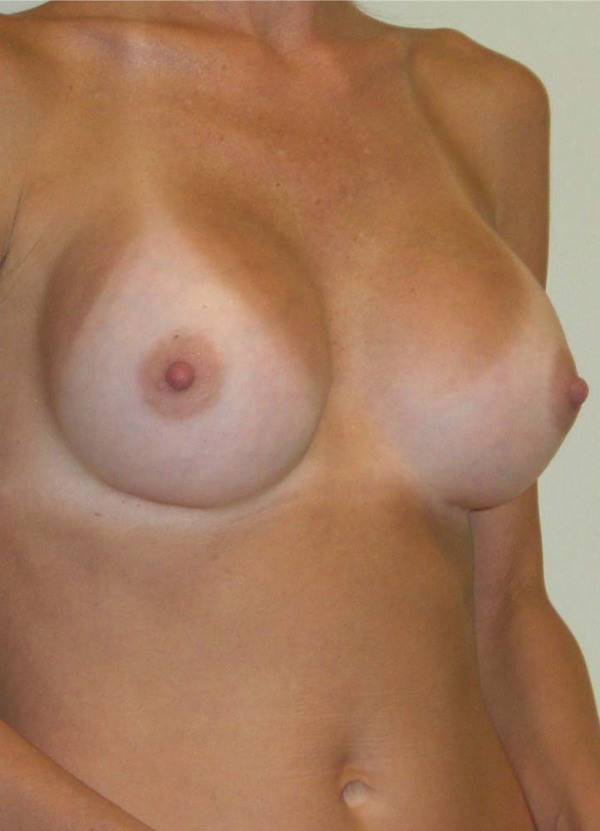


This 37 year old female chose 425 cc silicone gel implants for her augmentation. Her “after” photos were taken about 2 years after her surgery.



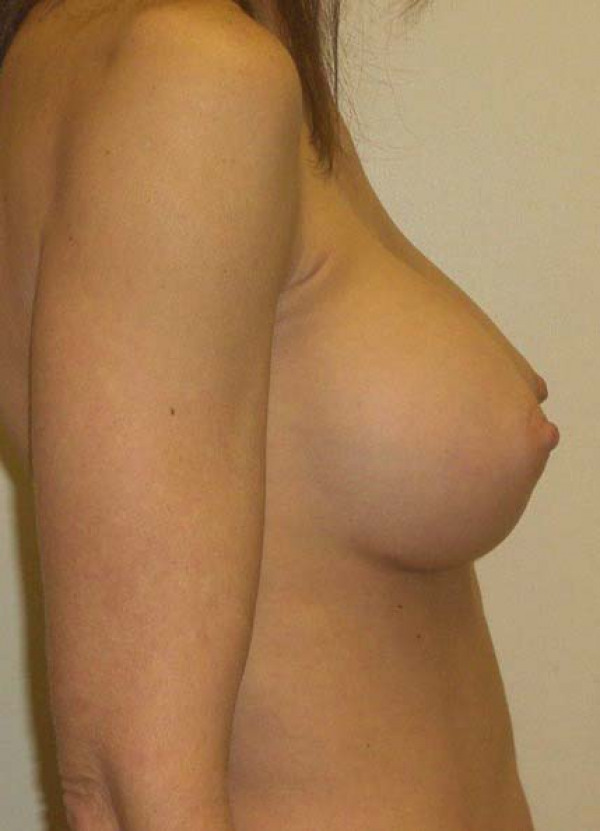

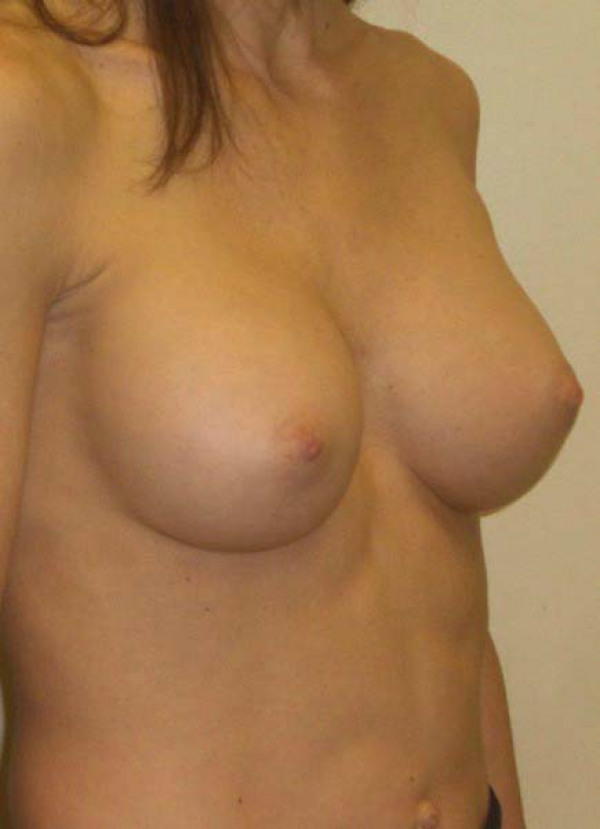
This 30 year old female desired breast augmentation, but didn’t want to be too large for her frame. She also had some mild asymmetry, so she had a 240 cc implant for larger side and a 304 cc implant for the smaller. Her "after" photos were taken about 1 year after surgery.
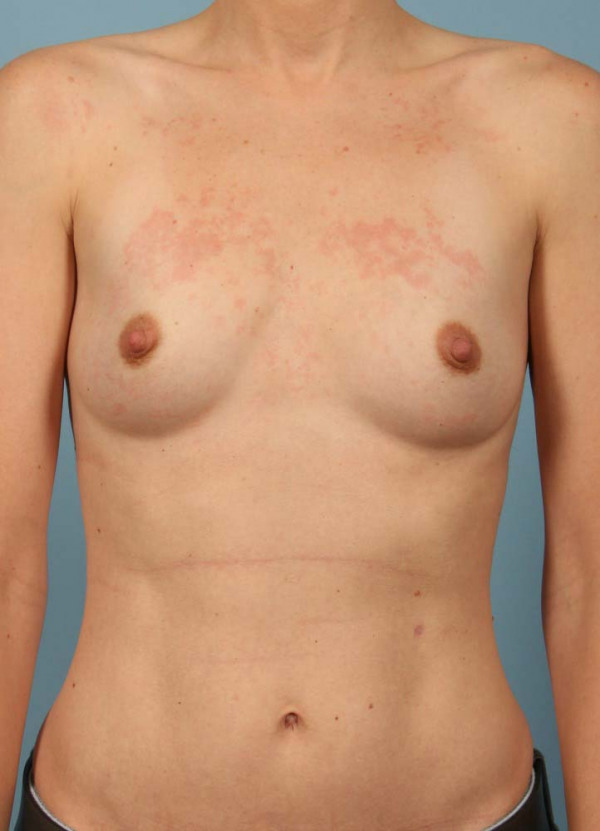
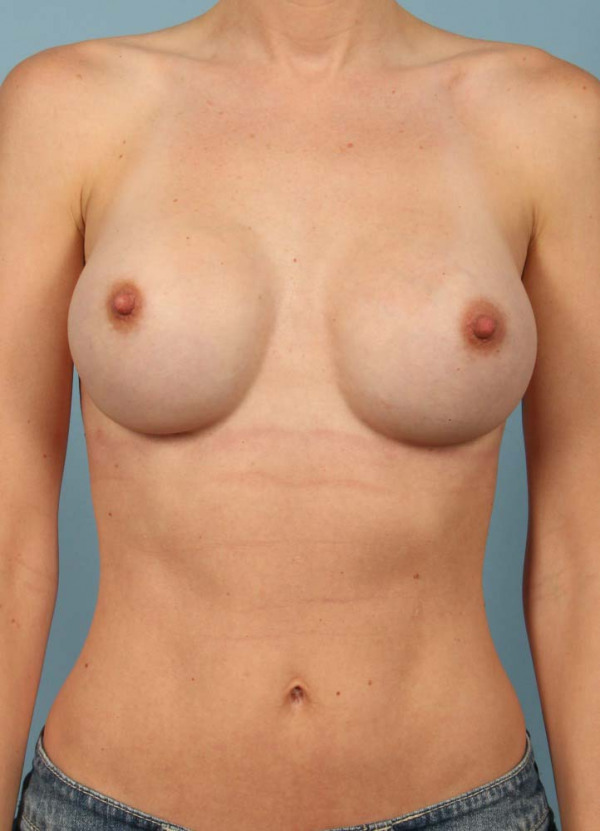
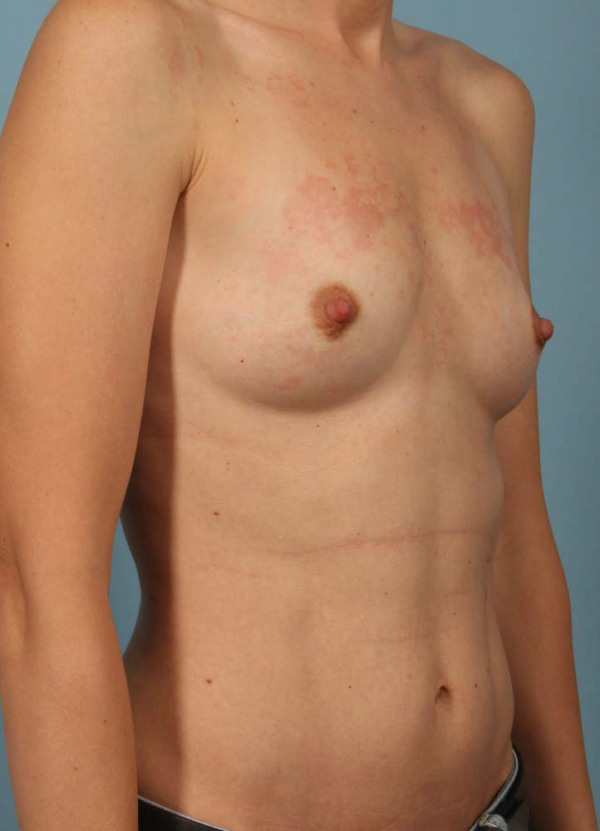
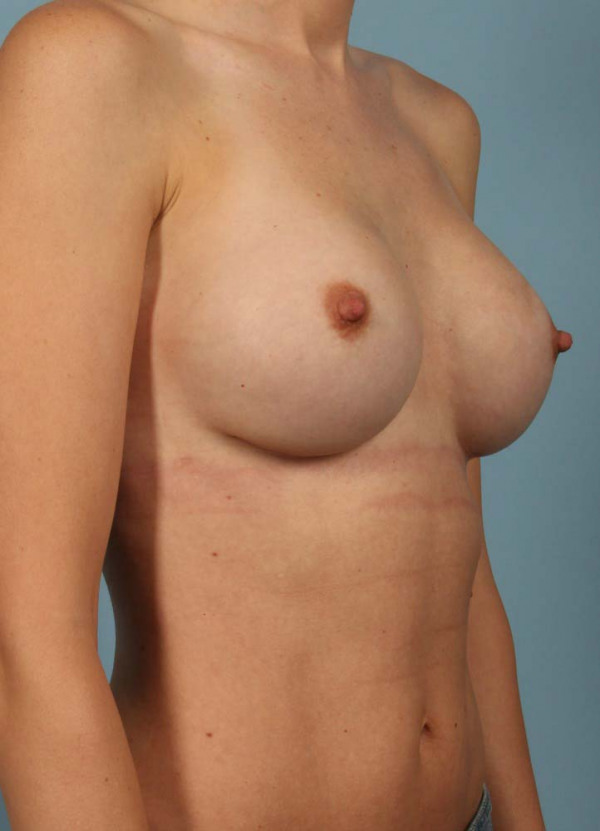
Bilateral breast augmentation by Dr. Kavali, using smooth, round, Allergan silicone gel implants, 339cc on the left and 375 cc on the right.
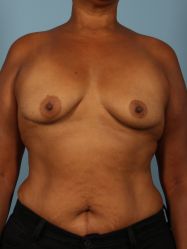
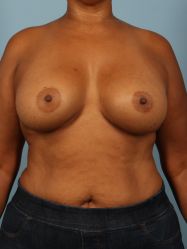
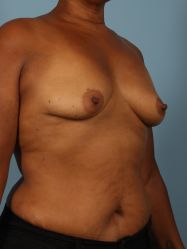

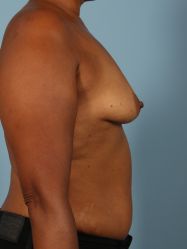

This 53 year old woman wanted to restore volume to her breasts, which had deflated with age and pregnancy. She wanted to be fuller and more naturally proportionate as well. Dr. Kavali used Vectra 3D imaging to help her choose her breast implant size. She is shown before and 1 year after her breast augmentation using smooth, round, full profile, Inspira Allergan silicone gel implants, 450 cc. Her implants were placed under the muscle through a scar in the breast crease.


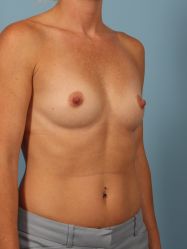

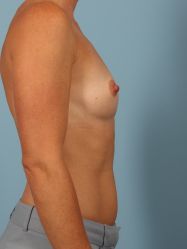
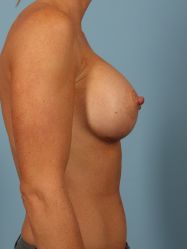
This 36 year old female chose to have breast augmentation using Allergan 400 cc smooth, round, high profile, silicone gel implants placed under the muscle using a scar in the breast crease. She is shown before and about 6 weeks after surgery with Dr. Kavali.


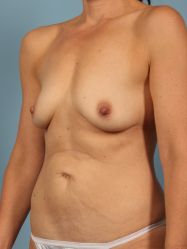



This 41 year old female chose to have breast augmentation using smooth, round, Allergan silicone gel implants, full profile, 345cc implants placed under the muscle using a scar in the crease. She is shown before and 8 years after her outpatient surgery with Dr. Kavali.
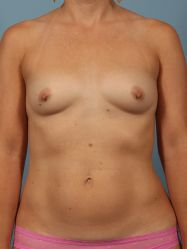
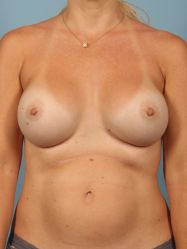
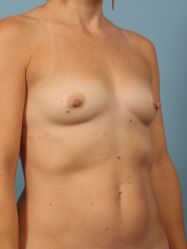



This 39 year old female wanted her breasts to be fuller and more proportionate to her body. We used Vectra 3D imaging to help her choose her 400 cc smooth, round, high profile, Allergan silicone gel implants placed under the muscle using an incision in the breast crease. She is shown before and 2 years after her surgery with Dr. Kavali.

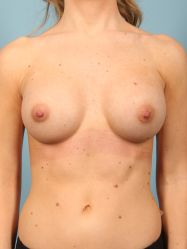

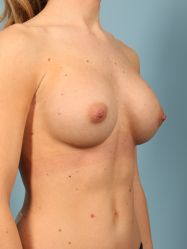
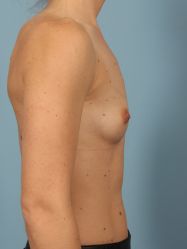
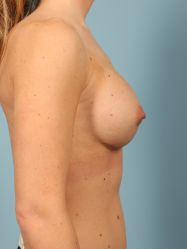
This 28 year old female wanted more shapely, proportionate breasts. She consulted with Dr. Kavali using Vectra 3D imaging to "try on" implants virtually to determine the size that was best for her goals. She is shown before and 2 years after her breast augmentation using smooth, round, Allergan silicone gel implants,full profile 345 cc. Her implants are placed under the muscle using a scar in the breast crease (inframammary fold).




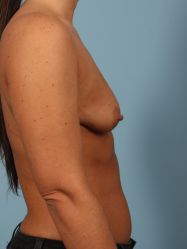

This 31 year old female wanted larger breasts that still fit her frame. Dr. Kavali used Vectra 3D imaging to help her choose the implant size that suited her best. She is shown before and 2 years after her breast augmentation using smooth, round, full profile 415 cc Allergan silicone gel implants. Her implants were placed under the muscle using a scar in the breast crease (inframammary fold).
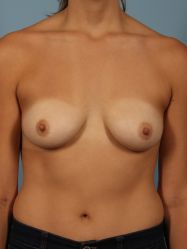





This 19 year old female wanted breasts that better matched her body frame. Her consult with Dr. Kavali using Vectra 3D imaging helped her to see what different implants would look like prior to surgery. She is shown before and 1 year after her breast augmentation using smooth, round, Allergan silicone gel implants, moderate profile 295 cc on the right and full profile 335 cc on the left. Her implants were placed under the muscle using a scar in the breast crease (inframammary fold).



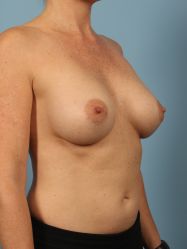
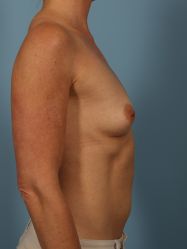
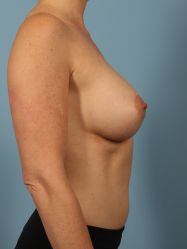
This 40 year old female chose to have breast augmentation using Allergan 304 cc smooth, round, moderate profile, silicone gel implants placed under the muscle using a scar in the breast crease. She is shown before and about 6 weeks after surgery with Dr. Kavali.
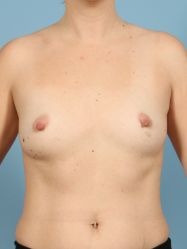
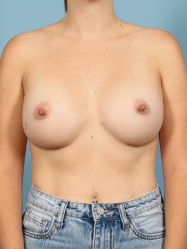
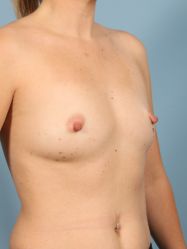

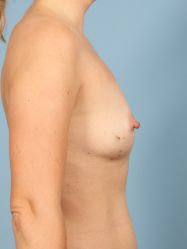

This 36 year old female wanted breast augmentation to have breasts that better matched her body proportions. Dr. Moak helped her accomplish that with smooth, round, silicone gel implants placed under the muscle using a scar in the crease (inframammary fold). She has a 275cc moderate profile implant on the right and a 310 cc moderate profile implant on the left. She is shown before and 3 months after her outpatient surgery.
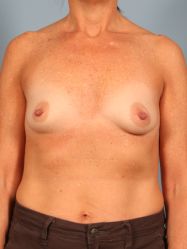

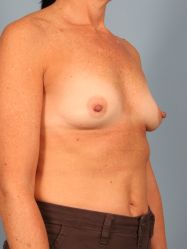

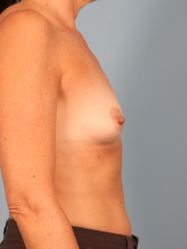

This 49 year old female wanted fuller breasts and better symmetry. She did not want a breast lift on either side. Dr. Kavali helped her reach her goals with a bilateral breast augmentation using smooth, round, Allergan silicone gel implants, moderate profile 330 cc on the left and full profile 365 cc on the right. Her breast implants are under the muscle and placed through an incision in the crease of the breast (inframammary fold). She is shown before and 3 years after her outpatient surgery.
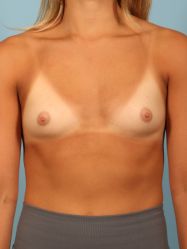
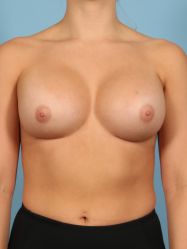
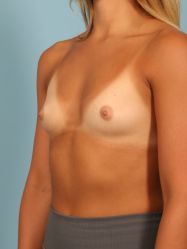

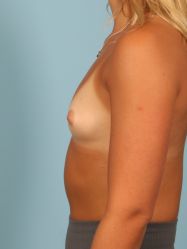

This 28 year old female wanted fuller breasts the fit her frame. Dr. Kavali used Vectra 3D imaging to help her choose a breast implant size. She underwent breast augmentation using smooth, round, Allergan silicone gel implants, full profile 385 cc. Her implants are in a total subpectoral position (completely under the muscle) and were placed through an incision in the breast crease (inframammary fold). She is shown before and 1 year after her outpatient surgery.
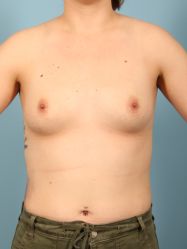

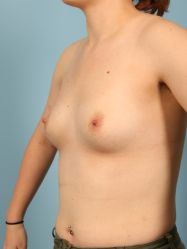

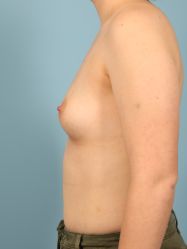
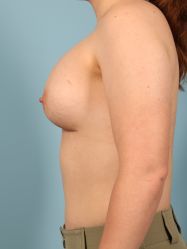
This 24 year old female wanted her breasts to match her body frame better. She worked with Dr. Kavali, who used Vectra 3D imaging to help her choose an implant size that helps her reach her goals. She had a breast augmentation using smooth, round, high profile, Allergan silicone gel implants, 450 cc on the right and 380 cc on the left. Her implants are under the muscle and placed through an incision in the crease (inframammary fold). She is shown before and about 1 year after her outpatient surgery.

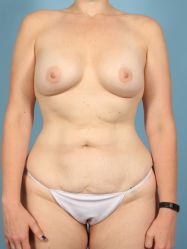
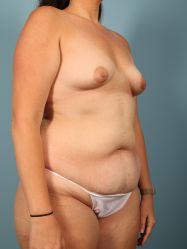
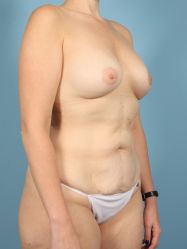

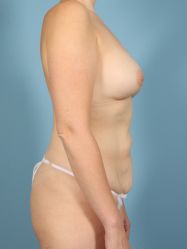
This 32 year old female wanted contouring of her abdomen and waist, as well as fuller breasts to better match her frame. She had a breast augmentation using smooth, round, Allergan silicone gel implants, low plus profile 400 cc placed above the muscle using a scar in the breast crease (inframammary fold). She had tumescent, power-assisted liposuction to shape her abdomen, hips and waist at the same time. A total of 4.2L was removed. She is shown before and 2 years after her outpatient surgery with Dr. Kavali.


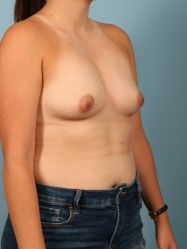
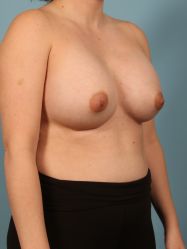


This 34 year old female wanted more proportionate breasts. She worked with Dr. Kavali, who used Vectra 3D imaging, to choose her breast implant size. She had breast augmentation using smooth, round, Allergan silicone gel implants, extra full profile 560 cc on the left and full profile 520 cc on the right. Her implants are under the muscle and were placed through an incision in the inframammary crease. She is shown before and 8 months after her outpatient surgery.



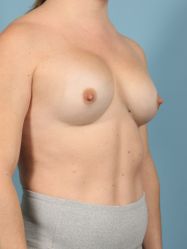
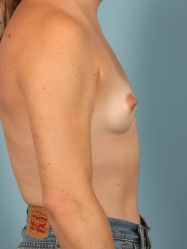
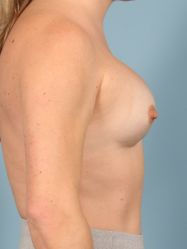
This 29 year old female wanted fuller breasts and wanted less fullness below her chin in her submental area. She had tumescent, power-assisted liposuction of her neck done by Dr. Kavali at the same time she had a breast augmentation. We love to combine procedures, so there’s just one recovery period! Her breast implants are under the muscle and placed through an inframammary incision (breast crease). They are smooth, round, Allergan silicone gel implants, full profile 415 cc. She is shown before and about 1 year after her outpatient surgery.

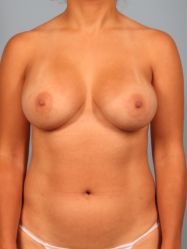
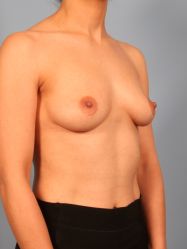



This 36 year old female wanted fuller breasts. Dr. Kavali used Vectra 3D imaging to help her choose the implant size that was right for her. She had breast augmentation using smooth, round, Allergan silicone gel implants, full profile 365 cc, placed under the muscle through an incision in the breast crease (inframammary fold). She is shown before and 1 year after her outpatient surgery.

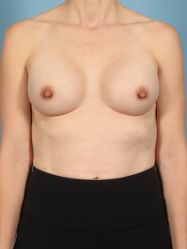

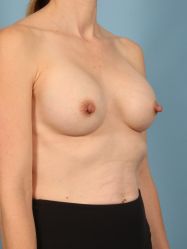
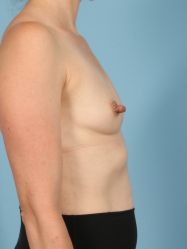
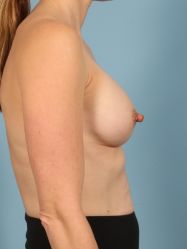
This 42 year old female wanted fuller breasts that were more proportionate for her body. She had a breast augmentation using smooth, round, Allergan silicone gel implants, moderate profile 310 cc on the right and low profile 345 cc on the left. Her implants are under the muscle and were placed through an inframammary crease incision. She is shown before and about 2 year after her outpatient surgery.
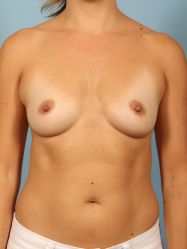
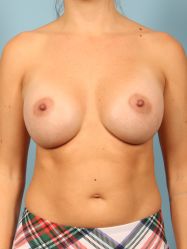


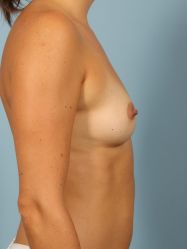

This 31 year old female wanted her breasts to be larger and really wanted upper pole fullness. She had a breast augmentation above the muscle using smooth, round, Allergan silicone gel implants, full profile 450 cc using a scar in the breast crease (inframammary fold). She also had fat transfer to her breasts in the upper poles to give more fullness and to provide more coverage over the implants. She is shown before and about 1 year after her outpatient surgery.
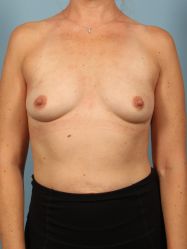
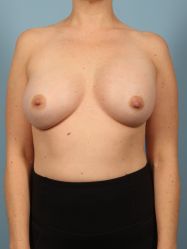
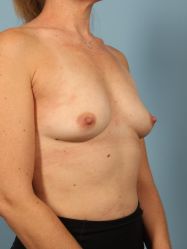

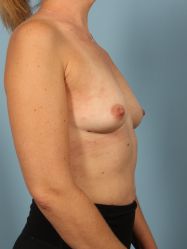

This 38 year old female wanted fuller breasts that were more proportionate to her body frame. She had a breast augmentation using smooth, round, Allergan silicone gel implants, moderate profile 375 on the left and 330 on the right. Her implants are under the muscle and were placed using a scar in the breast fold (inframammary). She is shown before and about 3 months after her outpatient surgery.


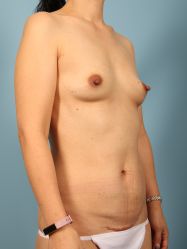

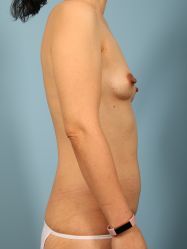

This 43 year old female wanted larger, fuller breasts that matched her body proportions. She also had a thickened c-section scar she wanted revised. Dr. Kavali performed a breast augmentation using smooth, round, Allergan silicone gel implants, extra full profile 420 cc and excision of her prior abdominal scar with meticulous closure and steroid injection to help prevent another thickened scar (hypertophic or keloid). She is shown before and about 6 months after her outpatient surgery.
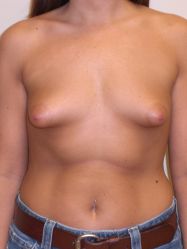
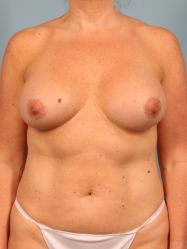



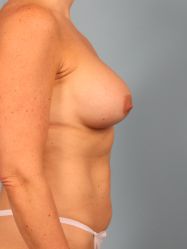
This 29 year old presented to Dr. Kavali with tuberous breasts, also called constricted breasts. She wanted more rounded and fuller breasts that matched her frame. Dr. Kavali performed a bilateral breast augmentation with Allergan smooth round 425 cc gel implants under the muscle, placed through incisions around the areola. She is shown before and 15 years after her outpatient surgery.

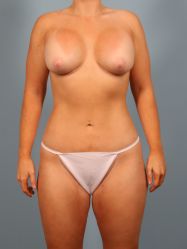


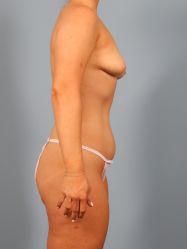

This 19 year old female wanted more proportionate breasts and to have better contouring of her abdomen and thighs. She had a breast augmentation using smooth, round, Allergan silicone gel implants, full profile 365 cc on the left and 415 cc on the right. She also had tumescent, power-assisted liposuction to shape her abdomen, waist, and inner and outer thighs. She is shown before and about 8 months after her outpatient surgery.
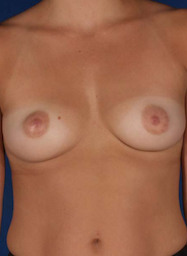

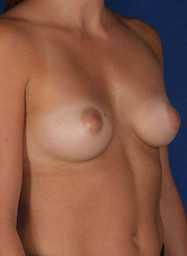

- Age: 25 - 40
- Gender: Female
- Implant Size: 234 cc
- Implant Type: Allergan, Smooth, Silicone Gel, Moderate Profile
- Implant Location: Under the muscle (subpectoral)
- Incision: In the crease (inframammary)

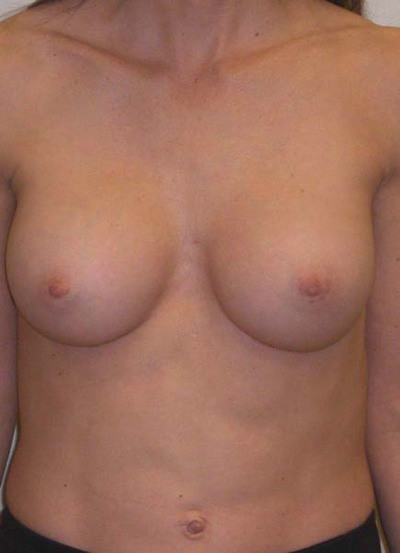
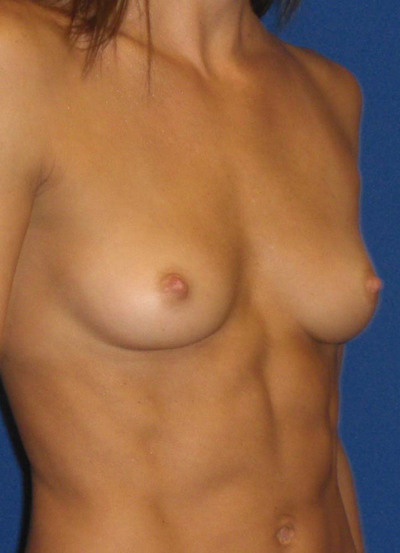
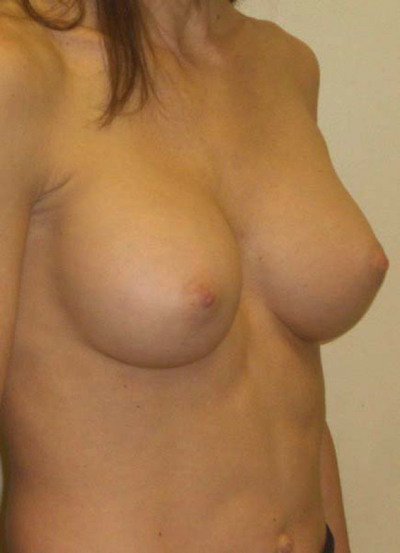
- Age: 25 - 40
- Gender: Female
- Implant Size: 240 cc (left), 304 cc (right)
- Implant Type: Allergan silicone gel implants
- Implant Location: Under the muscle (subpectoral)
- Incision: In the crease (inframammary)
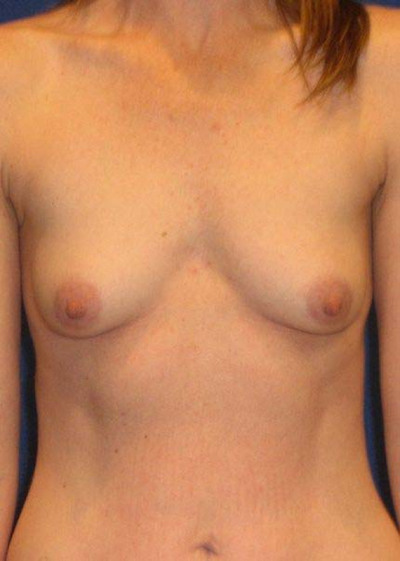

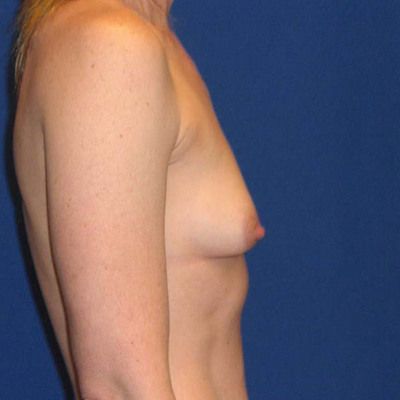
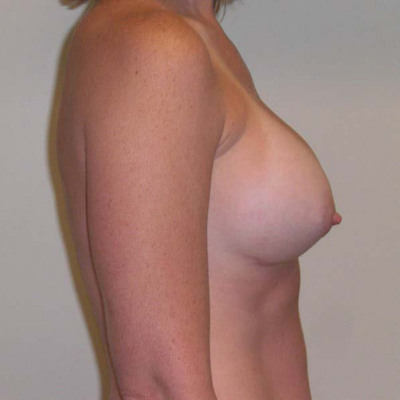
- Age: 25 - 40
- Gender: Female
- Implant Size: 350 cc
- Implant Type: Allergan silicone gel, under muscle, smooth, moderate profile
- Incision: In crease (inframammary)
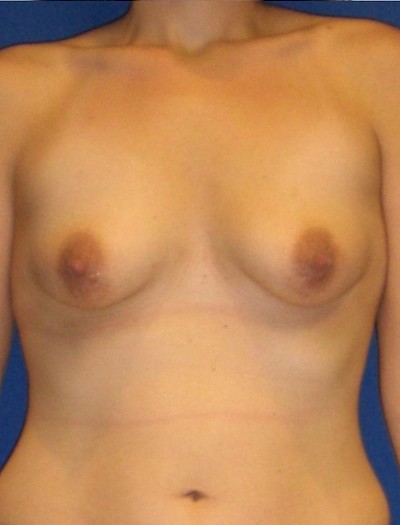
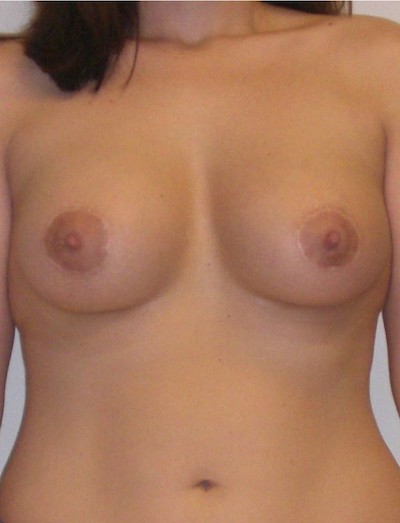
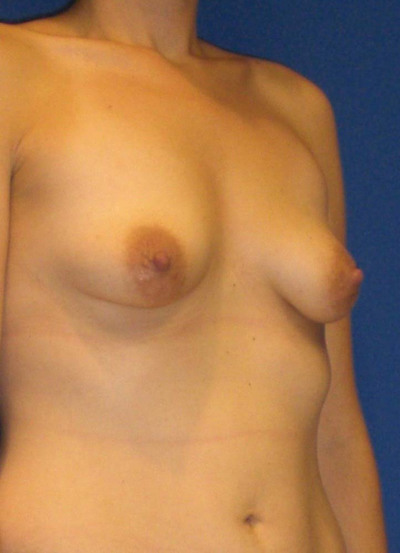

To correct constricted breasts
- Gender: Female
- Implant Size: 350 cc
- Implant Type: Allergan, smooth, moderate profile, gel implant
- Implant Location: Subpectoral augmentation (under muscle)
- Incision: Periareolar

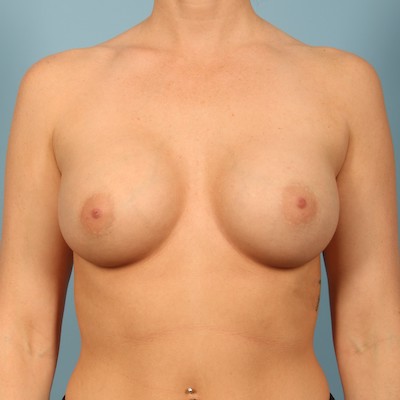
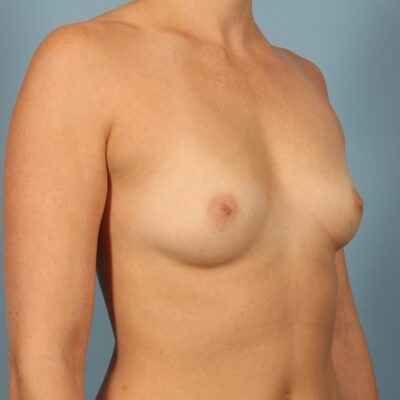


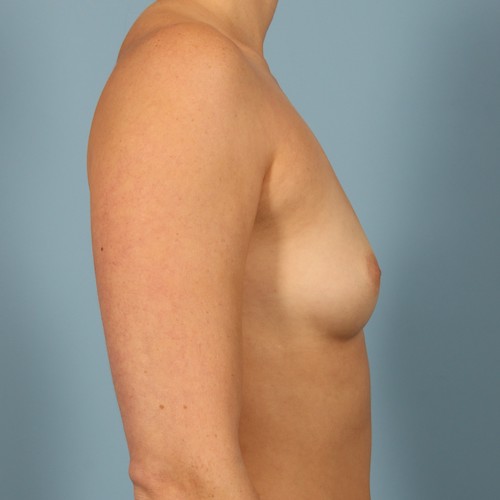
This is a 31 year old female who, along with Dr. Kavali, chose a subpectoral, Allergan, silicone gel augmentation to enhance her breast size and shape. Her implants are smooth, round, 295 cc soft touch, moderate profile, with in incision in the crease under the breasts.
- Age: 25 - 40
- Gender: Female
- Implant Size: 295 cc
- Implant Type: Allergan, silicone gel aug, smooth, soft touch, moderate profile
- Implant Location: Subpectoral (under muscle)
- Incision: In crease (inframammary)

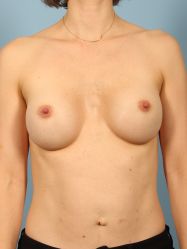
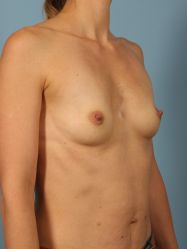
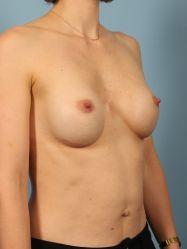

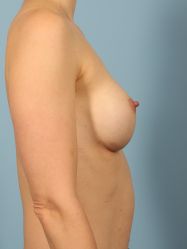
This 36 year old female wanted fuller breasts that look natural and fit her frame. She also wanted better breast symmetry. Dr. Kavali helped her choose the right implants using Vectra, a 3D imaging system. She is shown before and 2 years after her bilateral breast augmentation using smooth, round, Allergan silicone gel implants, moderate profile 240 cc on the left and full profile 265 cc on the right. 2 y PO
- Age: 25 - 40
- Gender: Female
- Implant Size: 265
- Implant Type: Silicone gel
- Implant Location: Subpectoral (submuscular)
- Incision: inframammary (crease)
- Timeline: 2 years

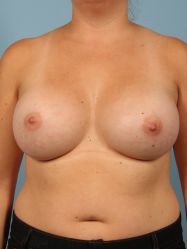
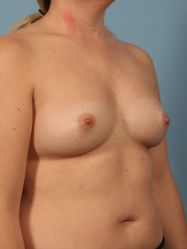
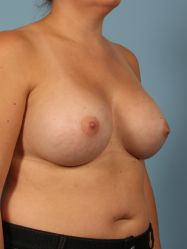

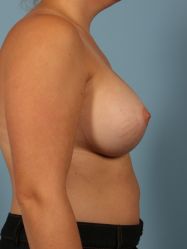
This 30 year old woman wanted fuller, proportionate breasts. Dr. Kavali helped her choose her implants using Vectra 3D imaging. She is shown before and 2 years after her bilateral breast augmentation using smooth, round, Allergan saline implants, 425 cc inflated to 435cc on the right and 425 cc on the left.
- Age: 25 - 40
- Gender: Female
- Implant Size: 425
- Implant Type: Saline
- Implant Location: Subpectoral (submuscular)
- Incision: inframammary (crease)
- Timeline: 2 years
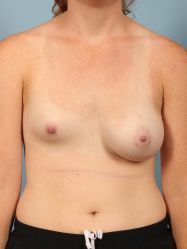
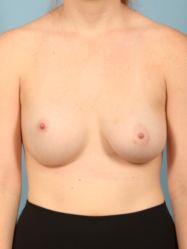


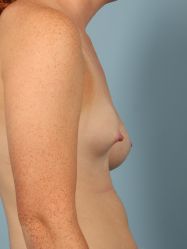
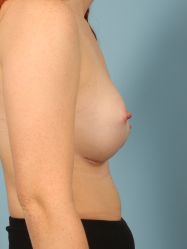
This 19 year old female saw Dr. Kavali for treatment of her developmental breast asymmetry. She is shown before and about 1 year after right breast augmentation using a 320 cc Allergan gel implant.
- Age: Under 25
- Gender: Female
- Implant Size: 320
- Implant Type: Silicone
- Implant Location: Subpectoral (submuscular)
- Incision: inframammary (crease)
- Timeline: 1 year

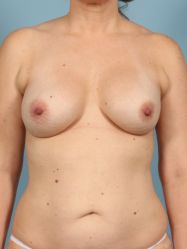

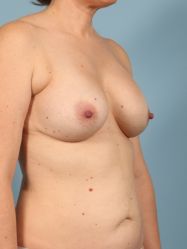
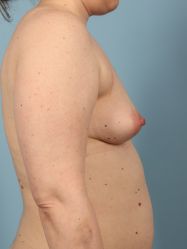
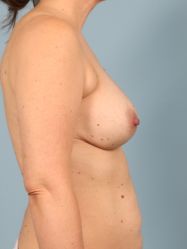
This 36 year old female saw Dr. Kavali regarding her desire for fuller breasts, as well as contouring of her arms, abdomen, and neck. She is shown before and 3 months after her bilateral breast augmentation using smooth, round, moderate plus profile, Allergan silicone gel implants, 421 cc, and power-assisted liposuction of her arms, abdomen, and neck.
- Age: 25 - 40
- Gender: Female
- Implant Size: 421
- Implant Type: silicone
- Implant Location: subpectoral (submuscular)
- Incision: inframammary (crease)

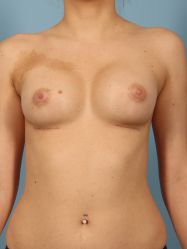
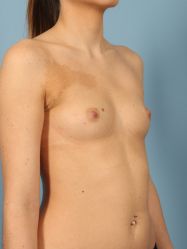


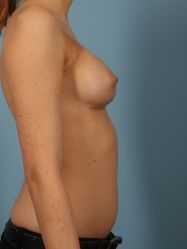
This 26 year old female wanted fuller breasts that still fit her frame. Dr. Kavali helped her choose her implant size with Vectra 3D imaging. She is shown before and about 6 weeks after bilateral breast augmentation using smooth, round, Allergan silicone gel implants, 255cc.
- Age: 25 - 40
- Gender: Female
- Implant Size: 255
- Implant Type: silicone
- Implant Location: submuscular
- Incision: inframammary (crease)
- Timeline: 6 weeks
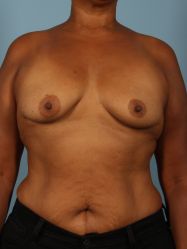
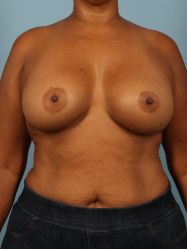


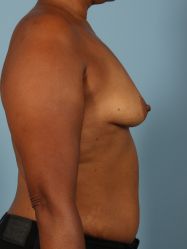
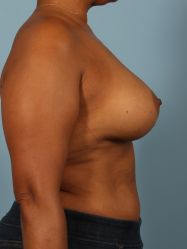
This lovely 51 year old female wanted to increase her breast size. Dr. Kavali helped her choose implants using Vectra 3D imaging. She is shown before and 1 year after bilateral breast augmentation using smooth, round, Inspira Allergan silicone gel implants, 450 cc.
- Age: 41 - 55
- Gender: Female
- Implant Size: 450
- Implant Type: silicone
- Implant Location: submuscular
- Incision: inframammary (crease)
- Timeline: 1 year
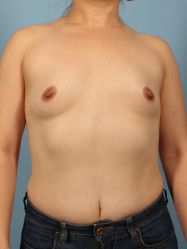
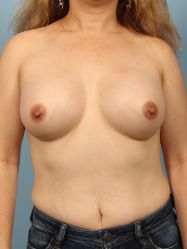




This 36 year old female chose a bilateral breast augmentation using smooth, round, high profile, Allergan silicone gel implants, 450 cc, to achieve her goals. She is shown before and about 2 years after surgery.
- Age: 25 - 40
- Gender: Female
- Implant Size: 450
- Implant Type: silicone
- Implant Location: submuscular
- Incision: inframammary (crease)
- Timeline: 2 years
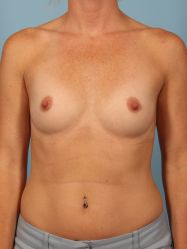

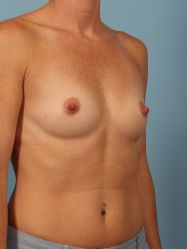
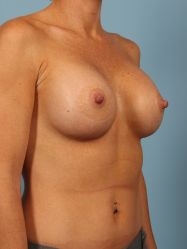

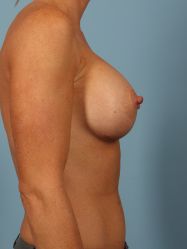
This 35 year old female desired fuller breasts, which she accomplished by having a breast augmentation with Dr. Kavali, who used 400 cc high profile Allergan gel implants placed under the muscle using a scar in the breast crease. She is shown before and about 2 months after surgery.
- Age: 25 - 40
- Gender: Female
- Implant Size: 400
- Implant Type: silicone
- Implant Location: submuscular
- Incision: inframammary (crease)
- Timeline: 2 months
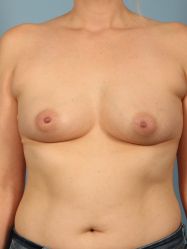

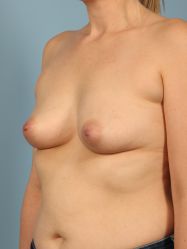


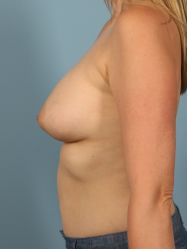
This 36 year old female chose bilateral breast augmentation using round, Allergan silicone gel implants, moderate profile 420 on right and 330 cc on the left. She also had liposuction of her anterior bra rolls She is shown before and 1 year after surgery with Dr. Kavali.
- Age: 25 - 40
- Gender: Female
- Implant Size: 420
- Implant Type: silicone
- Implant Location: submuscular
- Incision: inframammary (crease)
- Timeline: 1 year
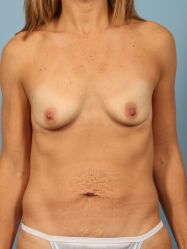

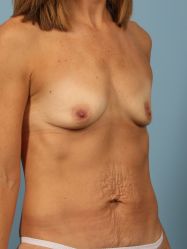
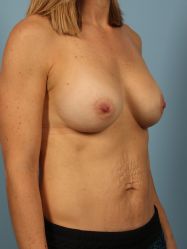

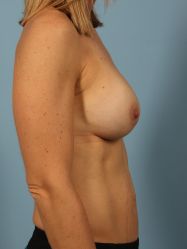
This 38 year old Atlanta mom chose to have a bilateral breast augmentation using smooth, round, Allergan silicone gel implants, moderate profile 339 cc on right and 371 cc on the left implants to achieve her goal of fuller and proportionate breasts. She is shown before and 1 year after her surgery with Dr. Kavali.
- Age: 25 - 40
- Gender: Female
- Implant Size: 339
- Implant Type: silicone
- Implant Location: submuscular
- Incision: inframammary (crease)
- Timeline: 1 year
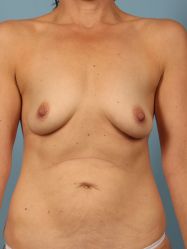
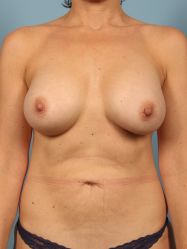
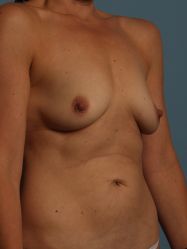
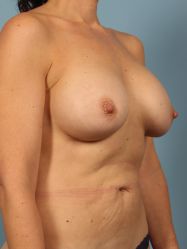
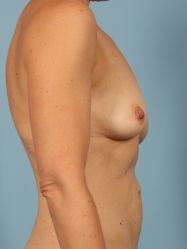

This 42 year old female desired fuller breasts, which she accomplished by having a breast augmentation with Dr. Kavali, who used 345 cc Allergan gel implants placed under the muscle using a scar in the breast crease. She is shown before and 1 year after surgery.
- Age: 41 - 55
- Gender: Female
- Implant Size: 345
- Implant Type: silicone
- Implant Location: submuscular
- Incision: inframammary (crease)
- Timeline: 1 year
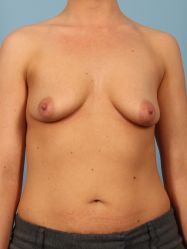

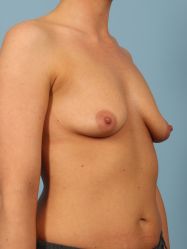

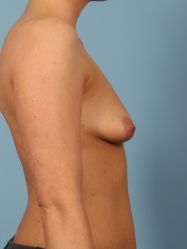

This 26 year old female chose bilateral breast augmentation using smooth, round, high profile, Allergan silicone gel implants, 425 cc on the right and 400 cc on the left. She also had a left circumareolar mastopexy (breast lift to reposition just the nipple-areolar complex). She has shown before and 1 year after her outpatient surgery with Dr. Kavali.
- Age: 25 - 40
- Implant Size: 425
- Implant Type: silicone
- Implant Location: submuscular
- Incision: inframammary (crease)
- Timeline: 1 year
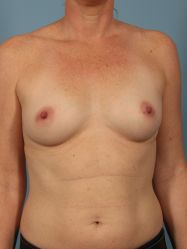
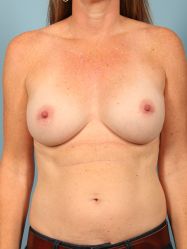
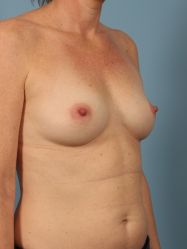

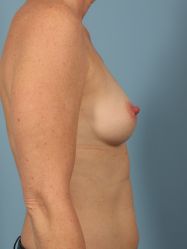

This 43 year old female wanted breasts that felt more proportionate to her body. She had a bilateral breast augmentation using smooth, round, Allergan silicone gel implants, low profile 230 cc on the right and low profile 290 cc on the left for symmetry She is shown before and 3 years after her surgery with Dr. Kavali.
- Age: 41 - 55
- Gender: Female
- Implant Size: 230
- Implant Type: silicone
- Implant Location: submuscular
- Incision: inframammary (crease)
- Timeline: 3 years
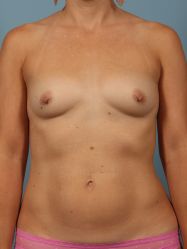
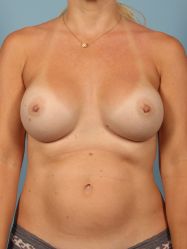
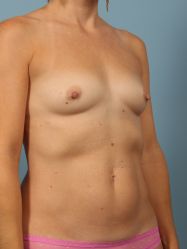
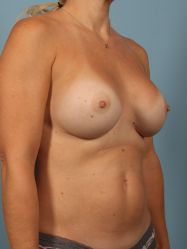
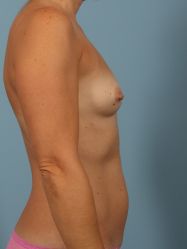

This 39 year old female desired fuller breasts, which she accomplished by having a breast augmentation with Dr. Kavali, who used 400 cc Allergan gel implants placed under the muscle using a scar in the breast crease. She is shown before and 1 year after surgery.
- Age: 25 - 40
- Gender: Female
- Implant Size: 400
- Implant Type: silicone
- Implant Location: submuscular
- Incision: inframammary (crease)
- Timeline: 1 year




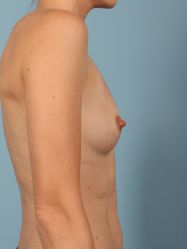

This 30 year old female chose bilateral breast augmentation using smooth, round, Allergan silicone gel implants, 339cc on the left and 375 cc on the right for better shape and symmetry. She is shown before and 2 years after her outpatient surgery with Dr. Kavali.
- Age: 25 - 40
- Gender: Female
- Implant Size: 339
- Implant Type: silicone
- Implant Location: submuscular
- Incision: inframammary (crease)
- Timeline: 2 years
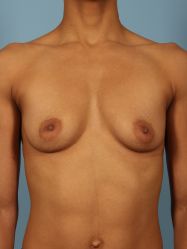
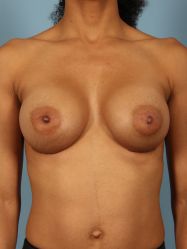
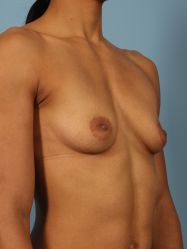

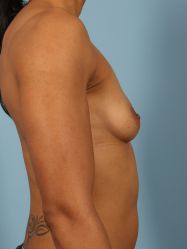

This 30 year old female chose bilateral breast augmentation using smooth, round, high profile, Allergan silicone gel implants, 425cc, placed under the muscle to achieve her goals. She is shown before and year after her surgery with Dr. Kavali.
- Age: 25 - 40
- Gender: Female
- Implant Size: 425
- Implant Type: silicone
- Implant Location: Submuscular
- Incision: inframammary (crease)
- Timeline: 1 year
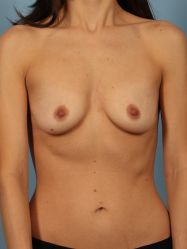
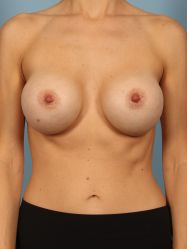


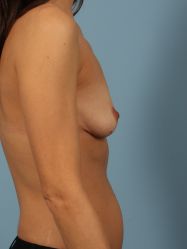

This 33 year old female chose Dr. Kavali to perform her bilateral breast augmentation using smooth, round, high profile, Allergan silicone gel implants, 400cc, placed under the muscle and using a scar in the breast crease. She is shown before and 3 years after her outpatient surgery.
- Age: 25 - 40
- Gender: Female
- Implant Size: 400
- Implant Type: silicone
- Implant Location: submuscular
- Incision: inframammary (crease)
- Timeline: 3 years

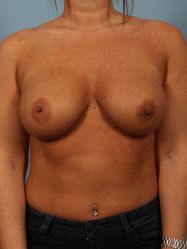
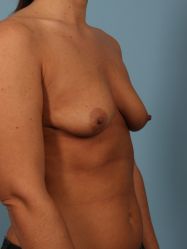

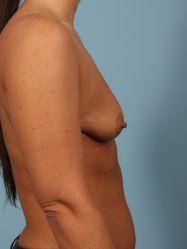

This 31 year old female chose a bilateral breast augmentation using smooth, round, full profile 415 cc Allergan silicone gel implants placed under the muscle and through an incision in the breast crease. She is shown before and 2 years after her outpatient surgery with Dr. Kavali.
- Age: 25 - 40
- Gender: Female
- Implant Size: 415
- Implant Type: silicone
- Implant Location: submuscular
- Incision: inframammary (crease)
- Timeline: 2 years
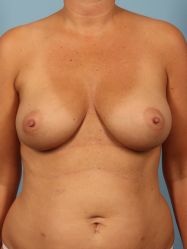
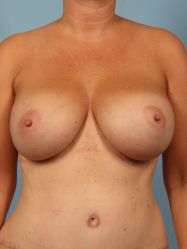

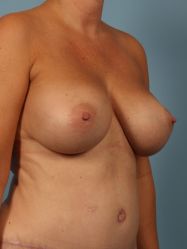
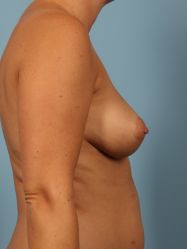

This 37 year old female wanted fuller, more proportionate breasts. She had breast augmentation with Allergan Natrelle silicone gel implants, 270 cc on the right and 240 cc on the left. Her implants were placed under the muscle using an incision in the breast crease. She is shown before and about 1 year after surgery. She had a tummy tuck (abdominoplasty) at the same time.
- Age: 25 - 40
- Gender: Female
- Implant Size: 240
- Implant Type: silicone
- Implant Location: submuscular
- Incision: inframammary (crease)
- Timeline: 1 year
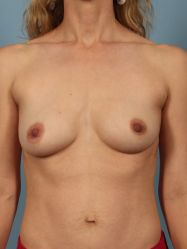




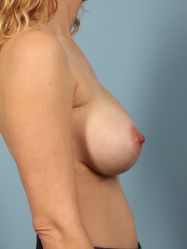
This 40 year old female chose bilateral breast augmentation using smooth, round, Allergan silicone gel implants, moderate profile, 295cc, placed under the muscle through an incision in the crease. She is shown before and 2 years after her outpatient surgery with Dr. Kavali.
- Age: 25 - 40
- Gender: Female
- Implant Size: 295
- Implant Type: silicone
- Implant Location: submuscular
- Incision: inframammary (crease)
- Timeline: 2 years



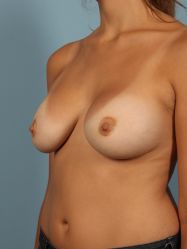
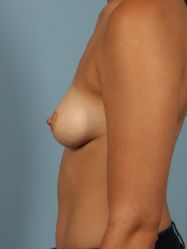

This 19 year old female chose fuller breasts through a bilateral breast augmentation using smooth, round, Allergan silicone gel implants, moderate profile 295 cc on the right and full profile 335 cc on the left. She is shown before and 2 years after her outpatient surgery with Dr. Kavali.
- Age: Under 25
- Gender: Female
- Implant Size: 295
- Implant Type: silicone
- Implant Location: submuscular
- Incision: inframammary (crease)
- Timeline: 2 years


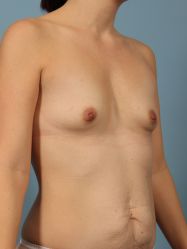


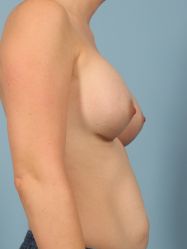
This 31 year old female wanted fuller and more symmetric and proportionate, natural-looking breasts. She has chest wall (rib cage) asymmetry as well. She underwent bilateral breast augmentation using smooth, round, Allergan silicone gel implants, 375cc. Her implants were placed under the muscle through an incision in the breast crease. She is shown before and about 7 months after her surgery with Dr. Kavali.
- Age: 25 - 40
- Gender: Female
- Implant Size: 375
- Implant Type: silicone
- Implant Location: submuscular
- Incision: inframammary (crease)
- Timeline: 7 months
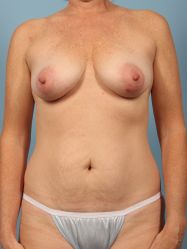
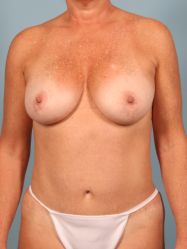
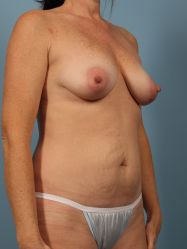
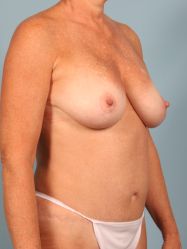
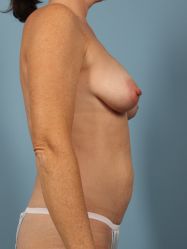
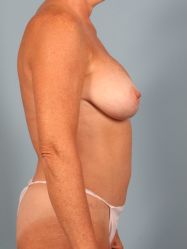
This 46 year old female wanted to get her body back after having babies. She chose a bilateral breast augmentation using smooth, round, moderate profile, Allergan silicone gel implants, 286cc, and she had anabdominoplasty (tummy tuck) with liposuction of her hips and waist and inner thighs with Dr. Kavalli. She is shown before and 3 years after her outpatient Mommy Makeover surgery.
- Age: 41 - 55
- Gender: Female
- Implant Size: 286
- Implant Type: silicone
- Implant Location: submuscular
- Incision: inframammary (crease)
- Timeline: 3 years

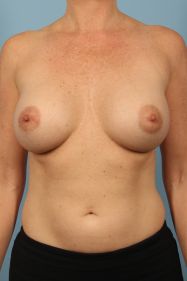

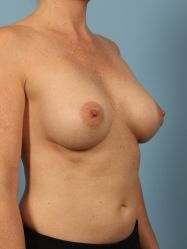
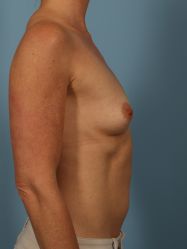
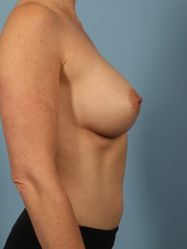
This 30 year old female desired fuller breasts, which she accomplished by having a breast augmentation with Dr. Kavali, who used 300 cc Allergan gel implants placed under the muscle using a scar in the breast crease. She is shown before and about 1 year after surgery.
- Age: 25 - 40
- Gender: Female
- Implant Size: 300
- Implant Type: silicone
- Implant Location: submuscular
- Incision: inframammary (crease)
- Timeline: 1 year



